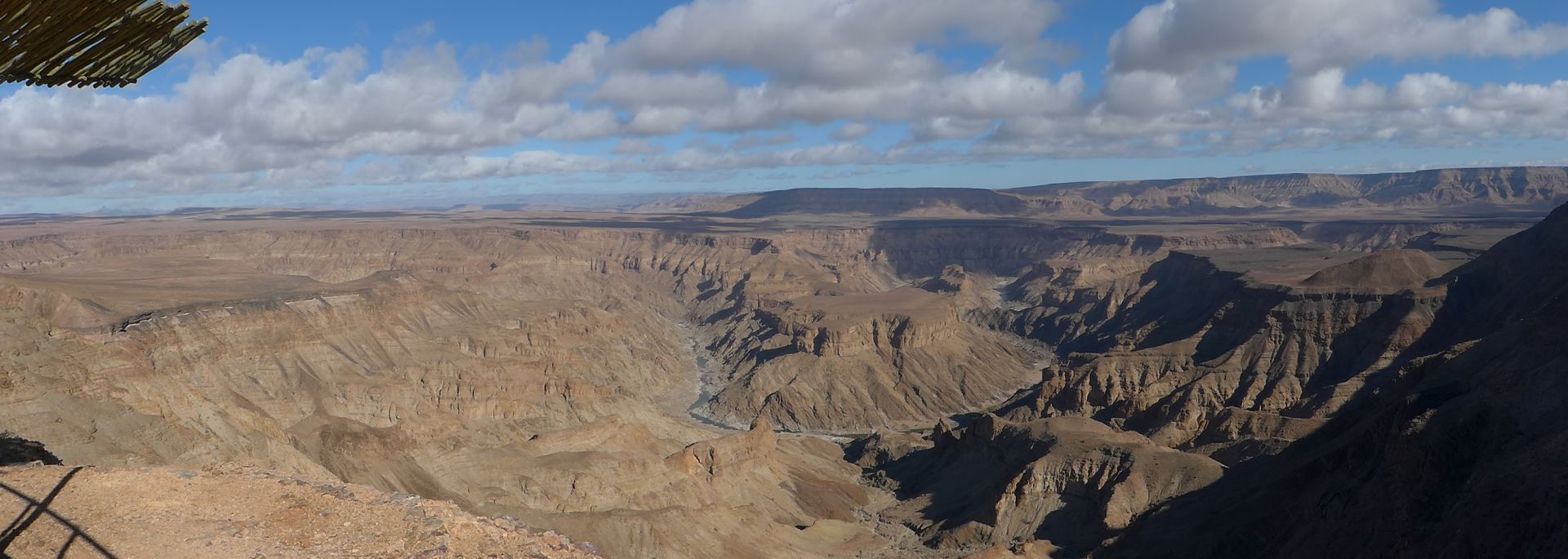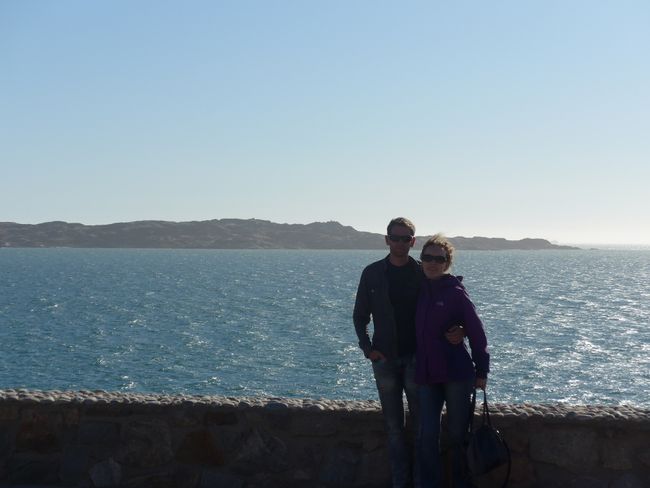Seydisfjördur, Iceland: Hiking and Puffins (with AIDAaura to Greenland and Iceland 4)
Dɛn dɔn pablish am: 30.07.2022
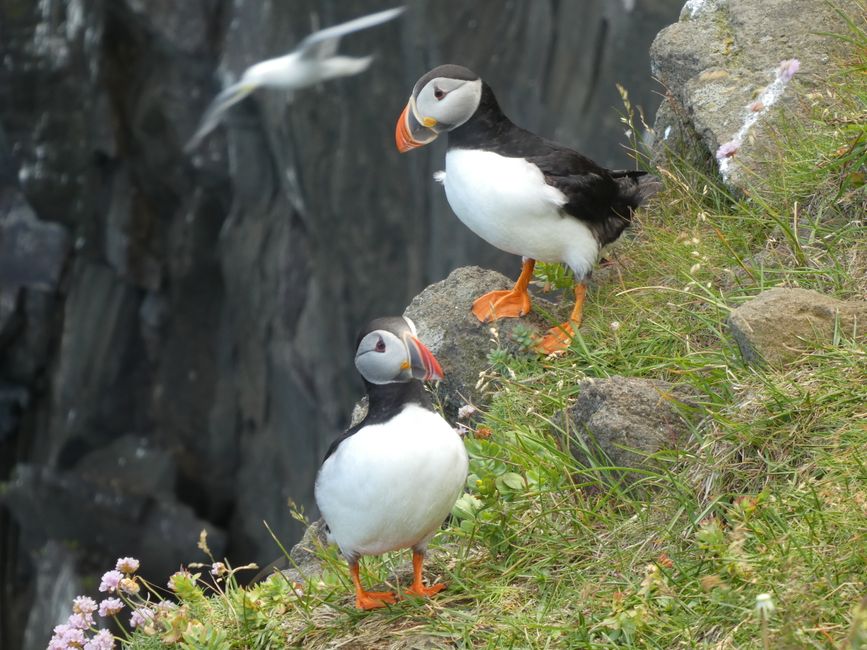
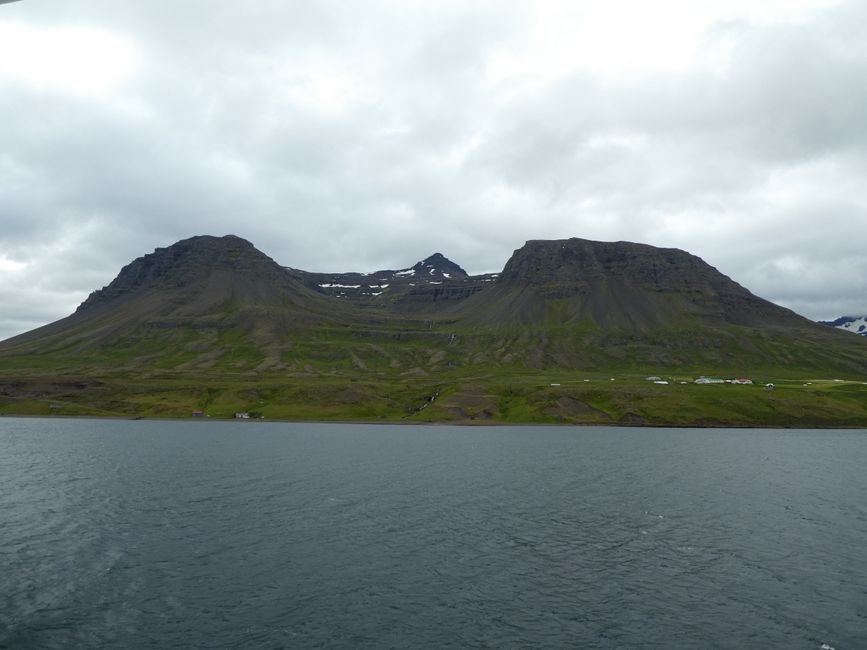
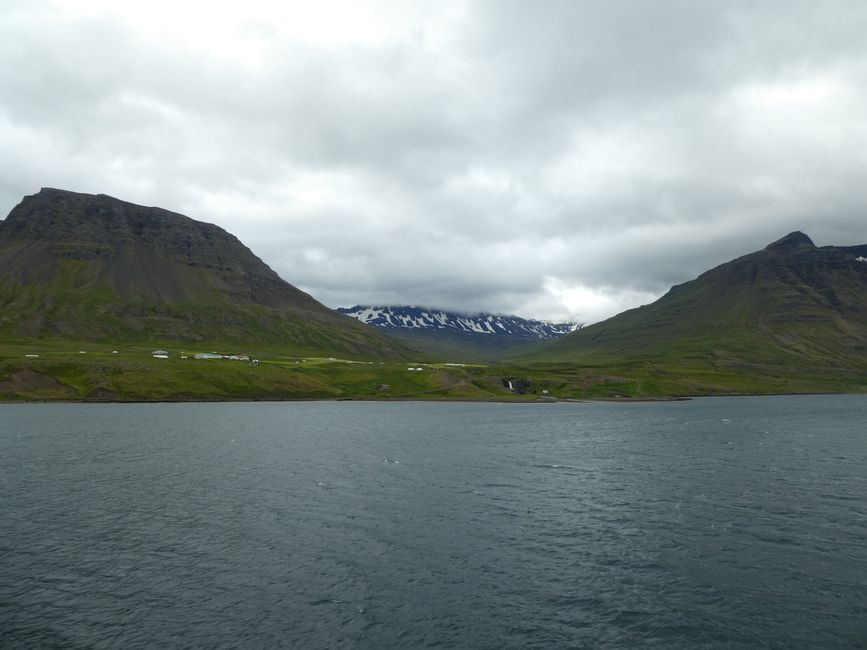
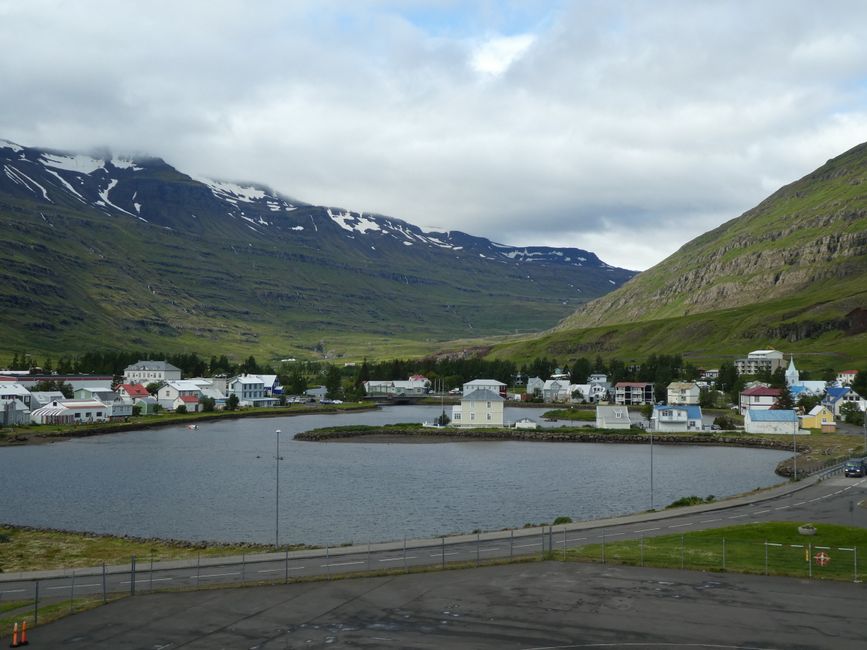
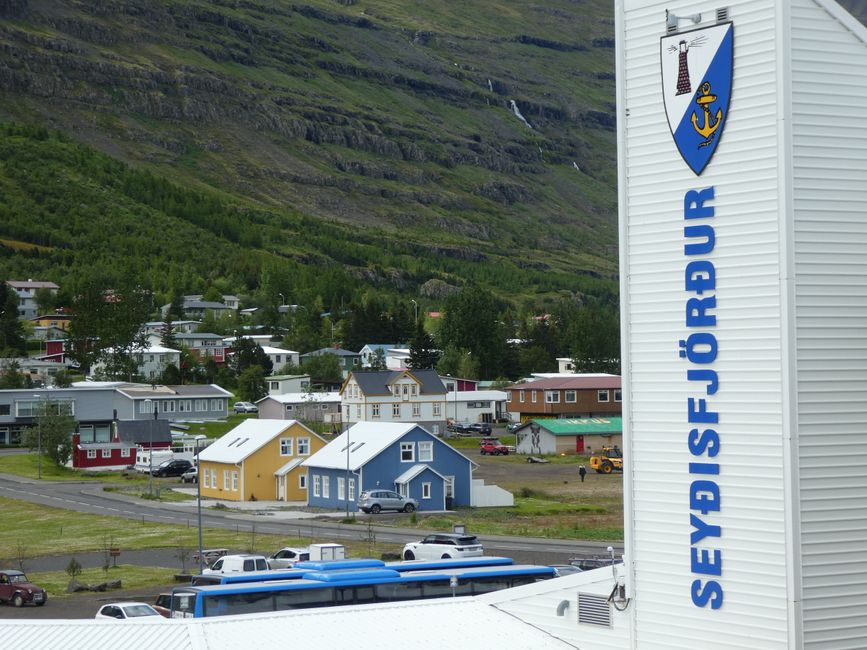
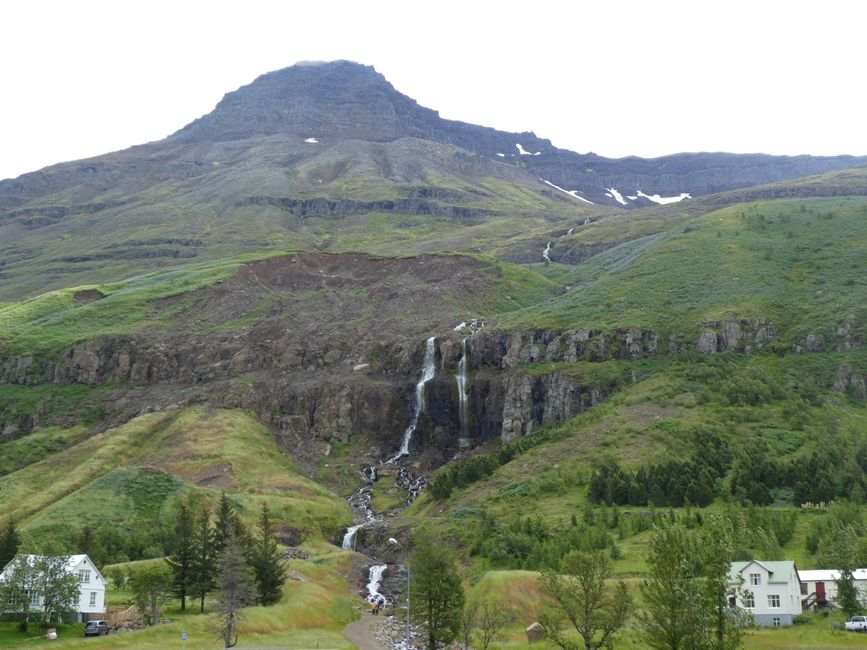
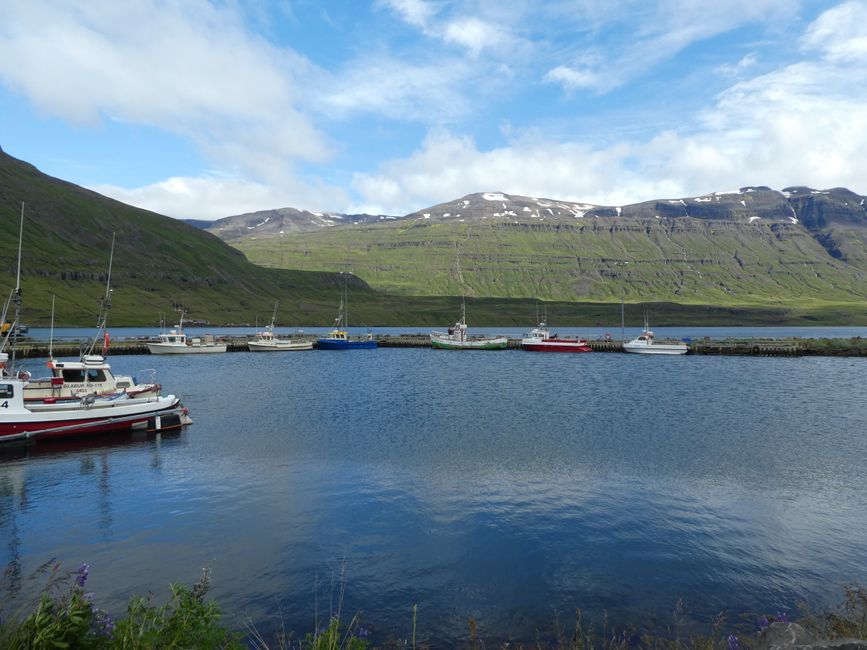
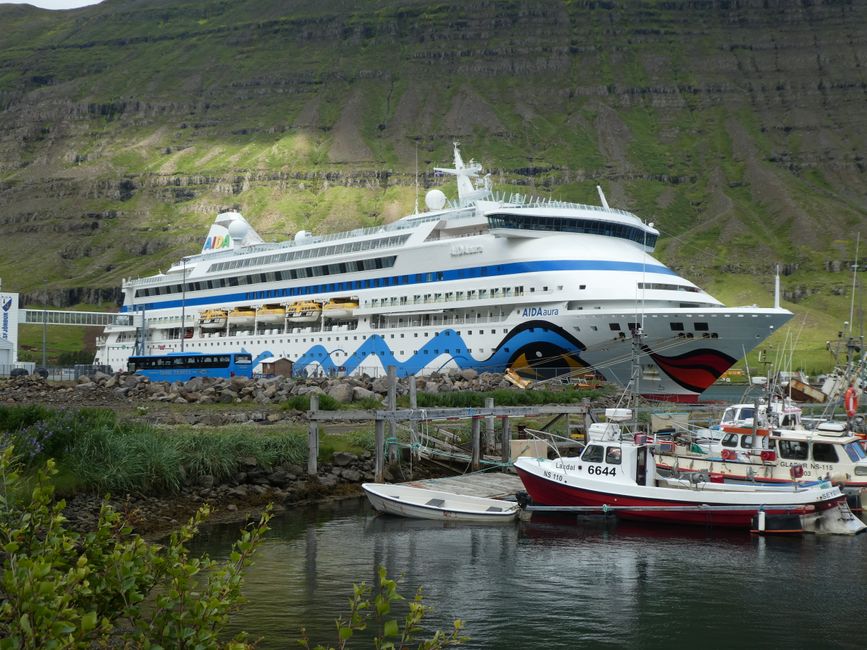
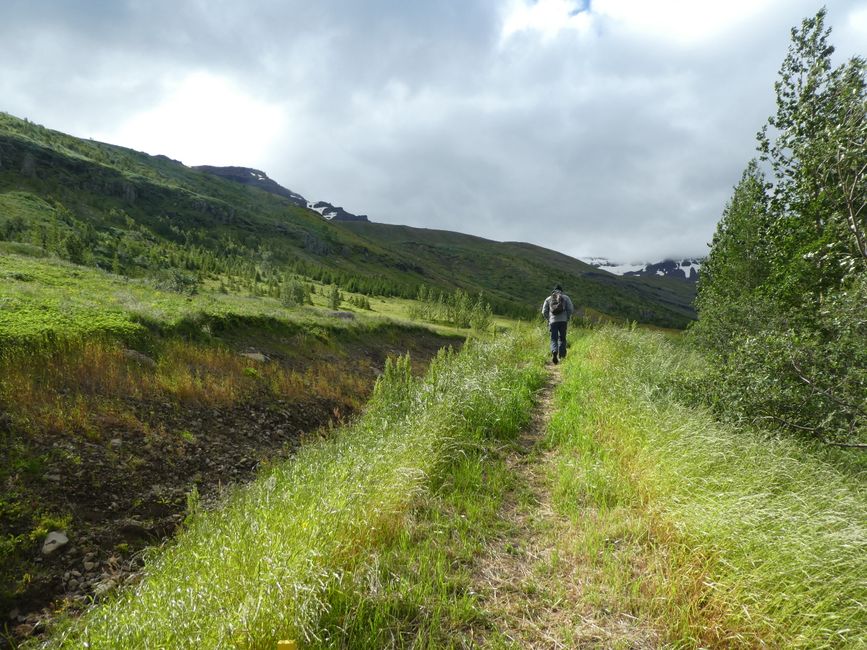
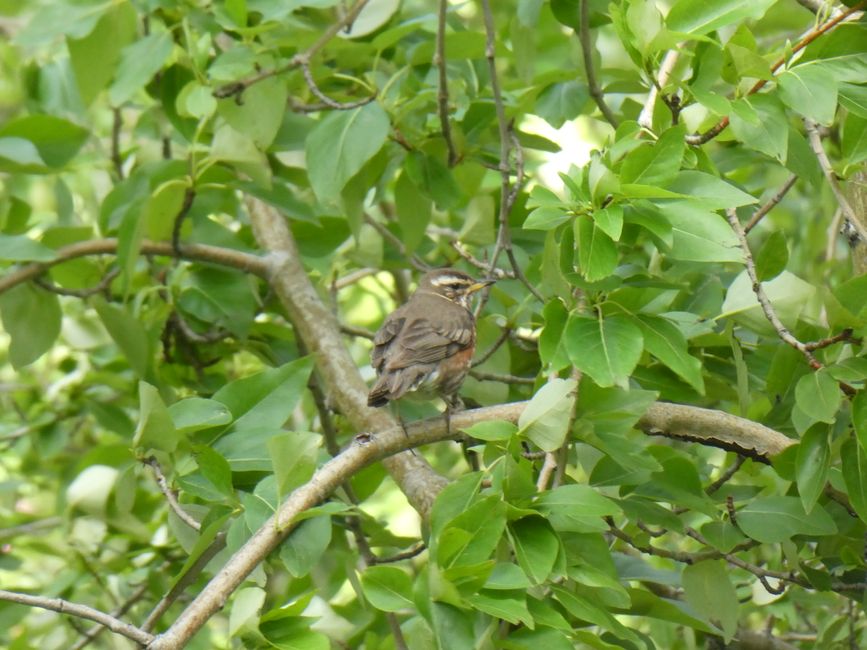
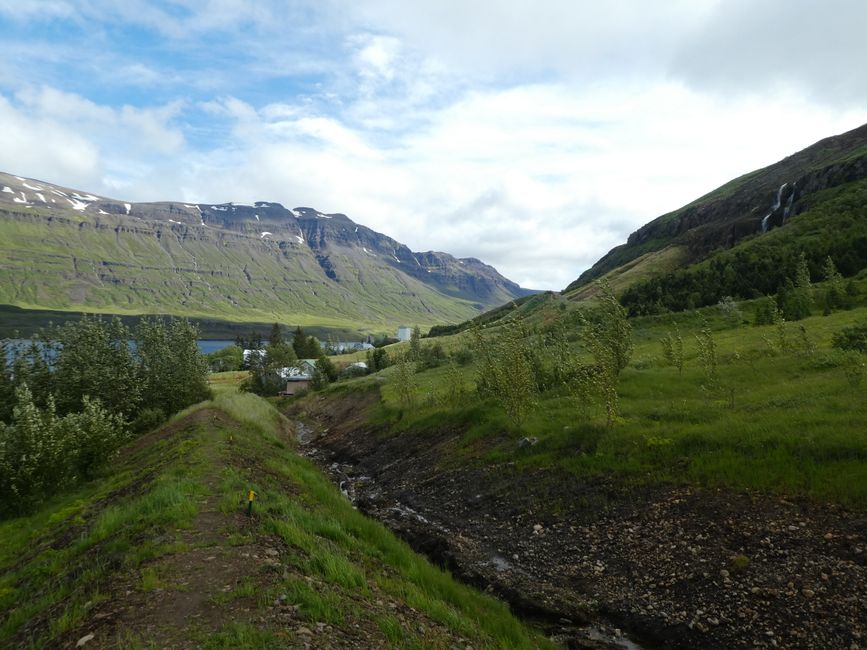
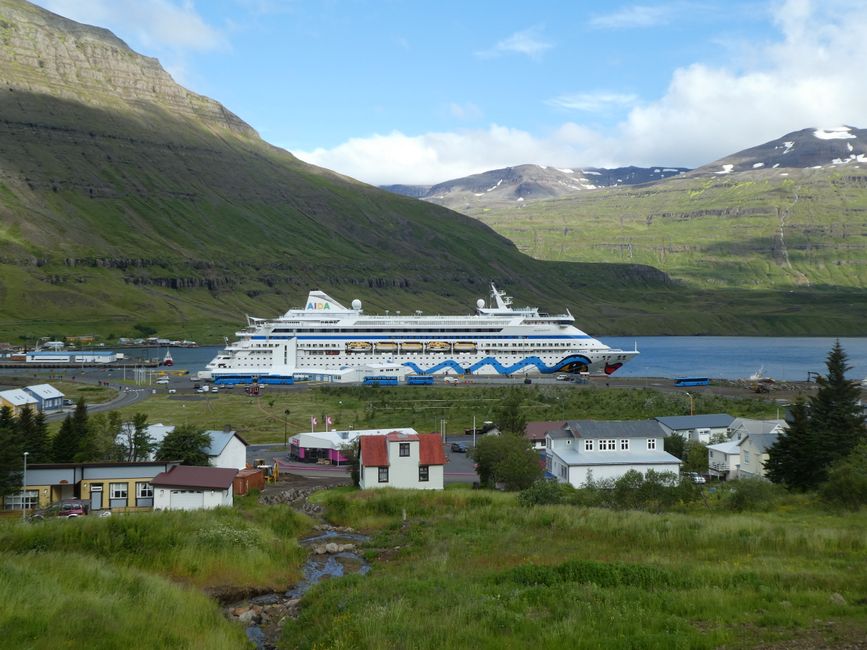
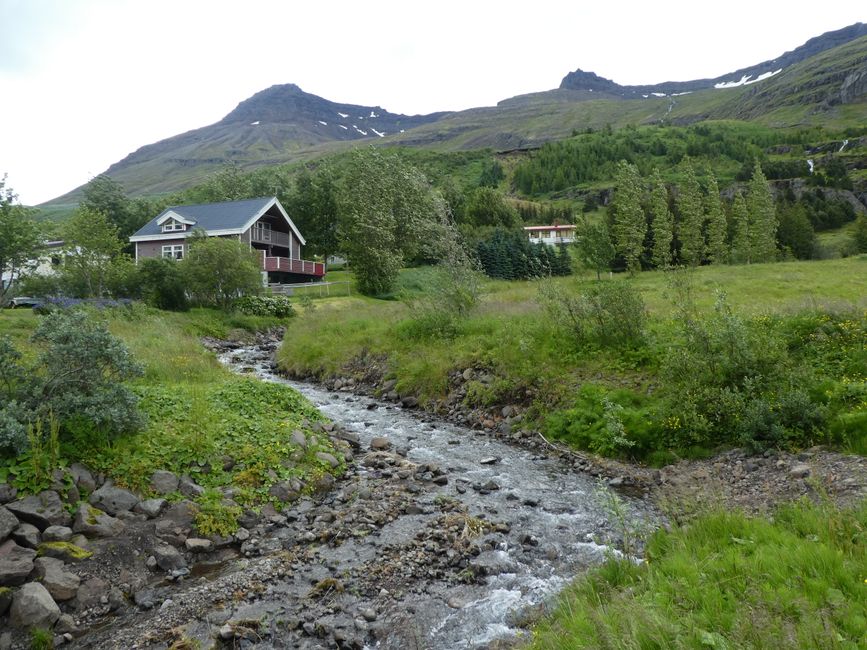
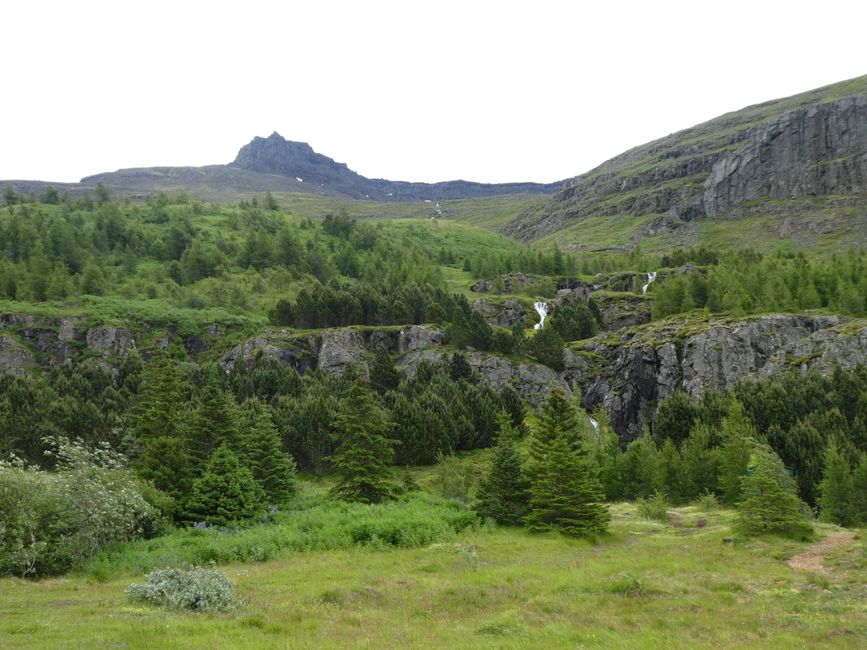
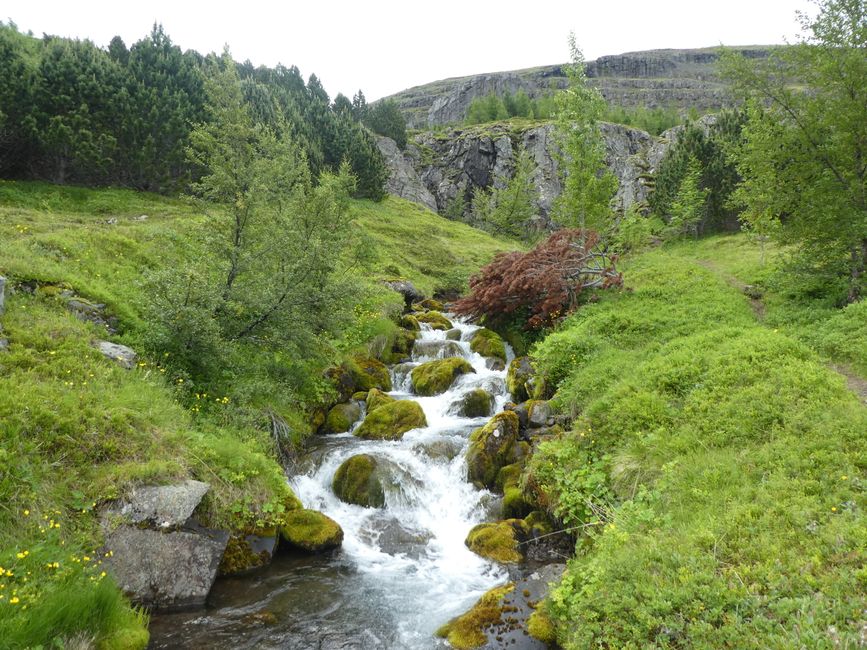
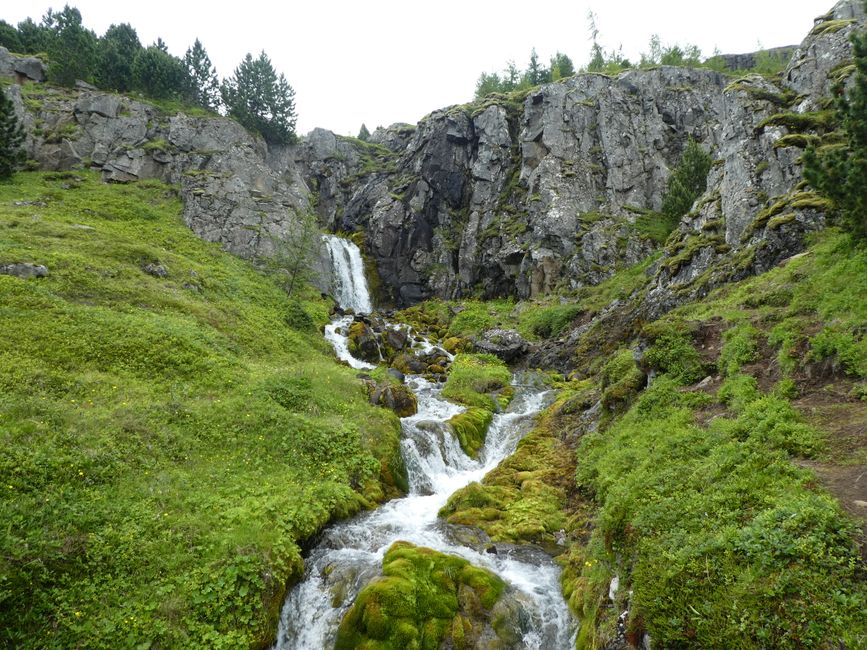
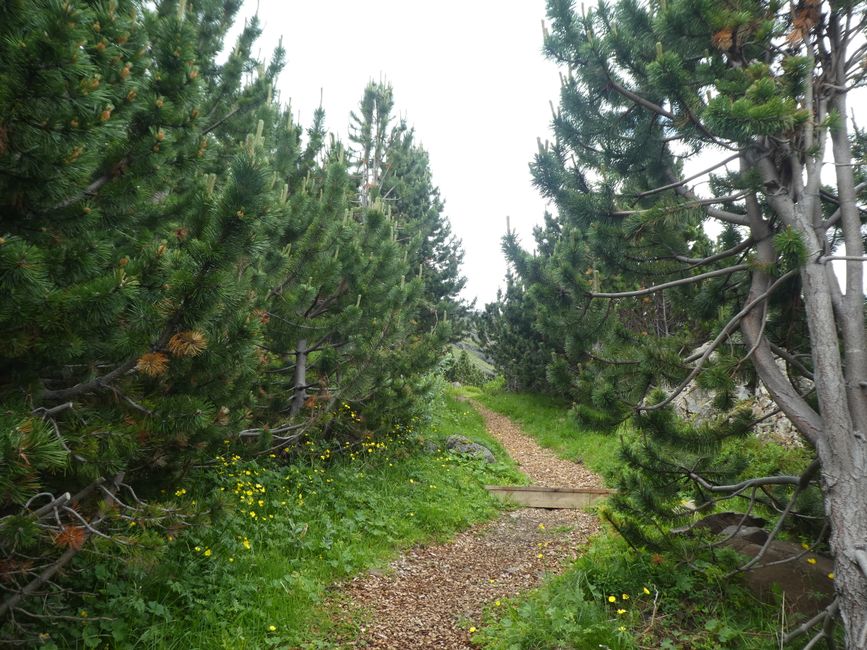
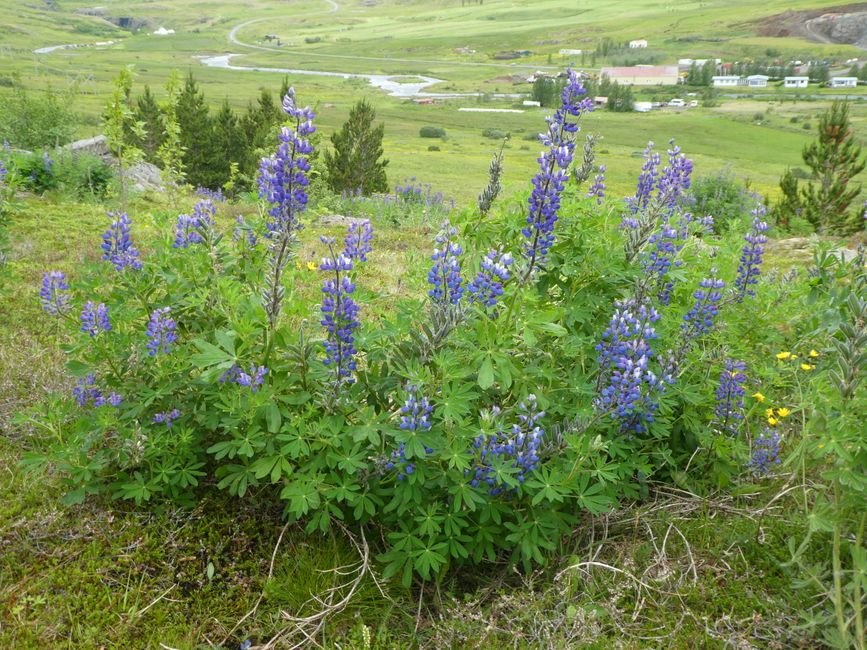
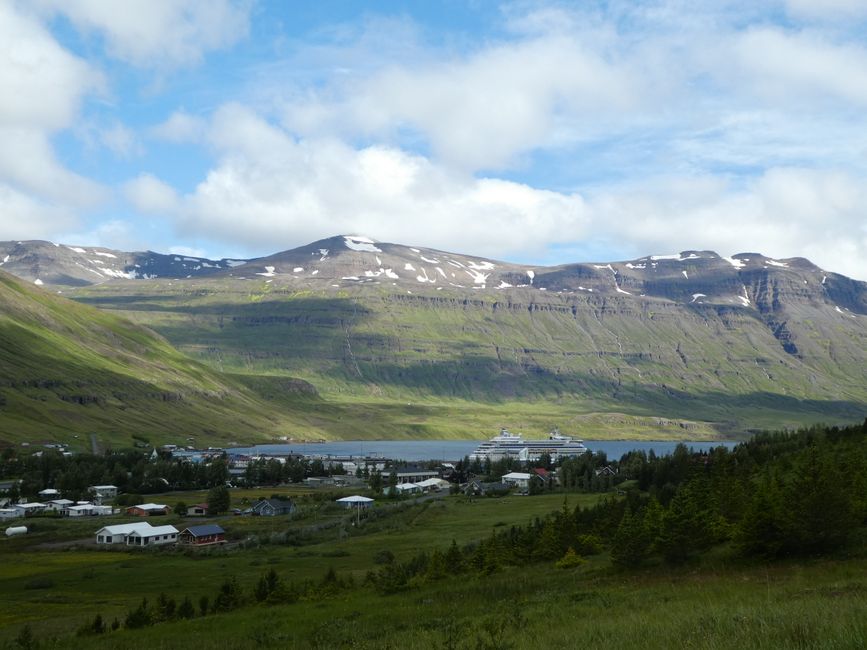

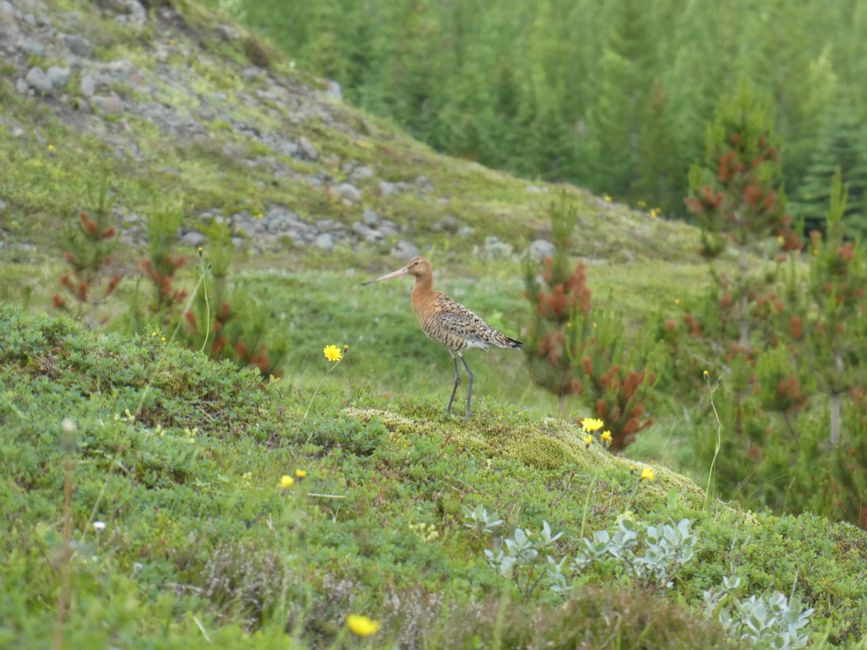
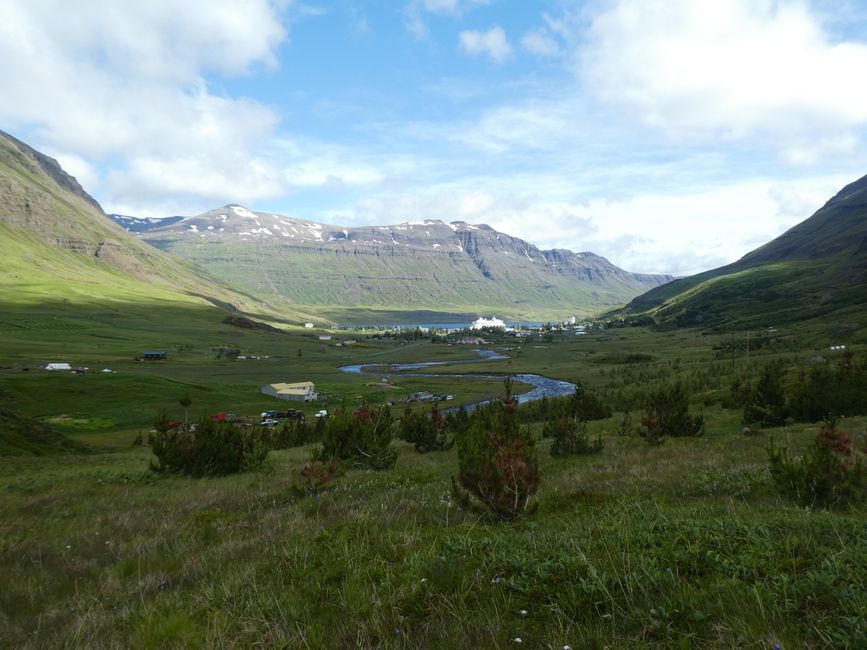
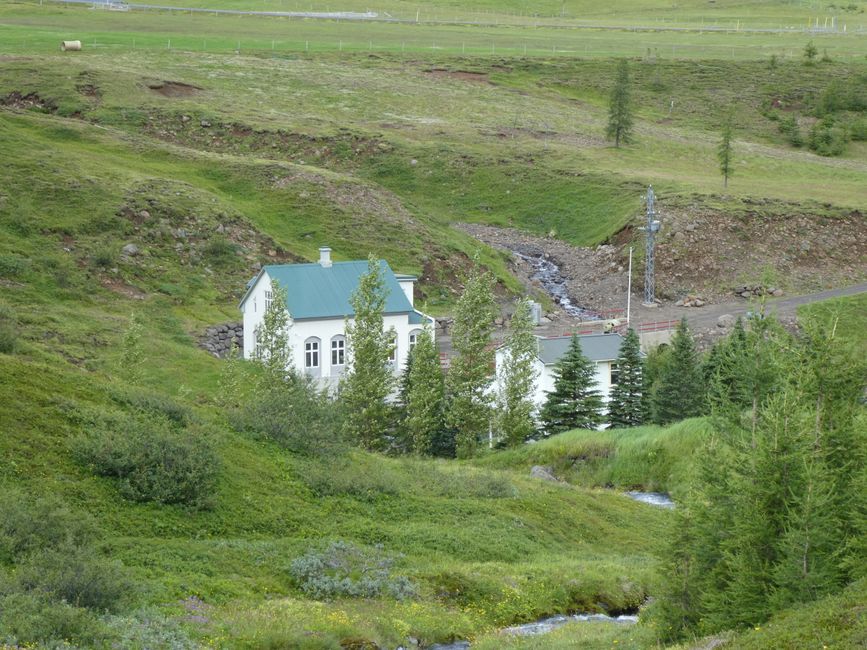
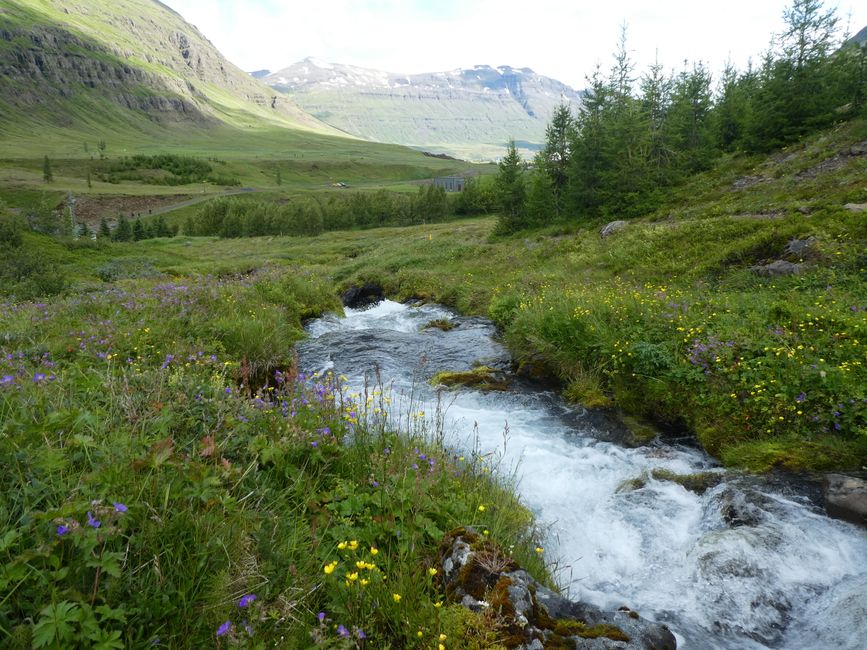
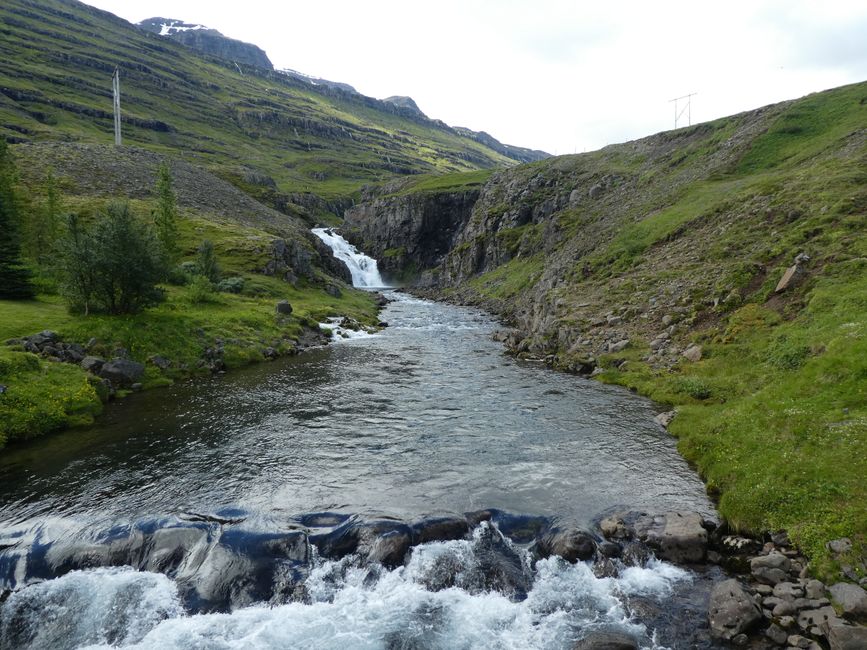

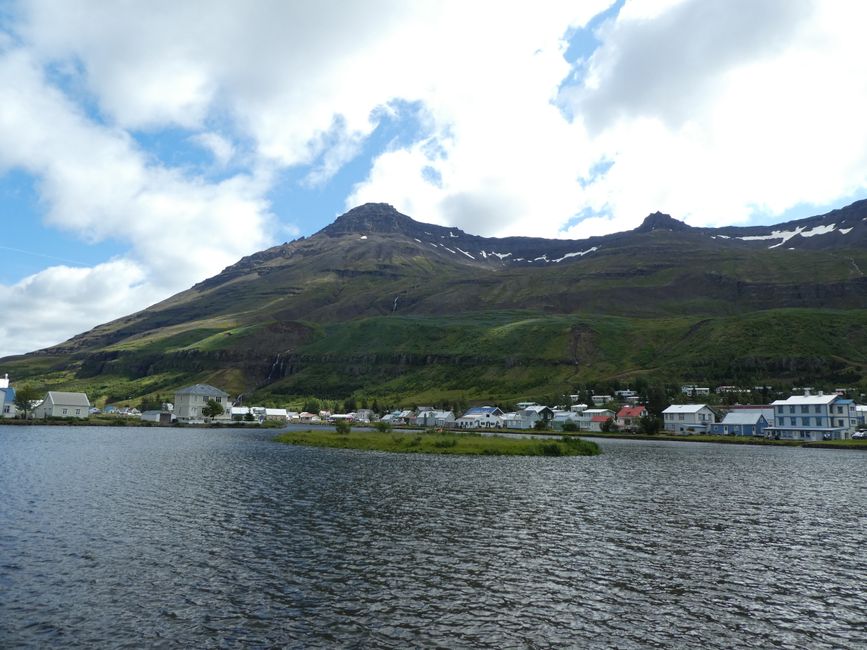
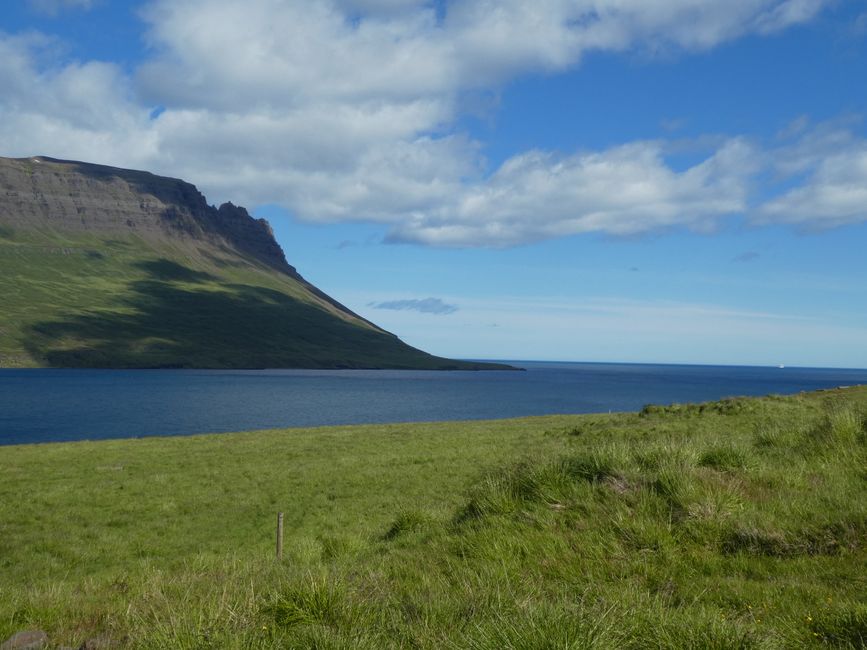
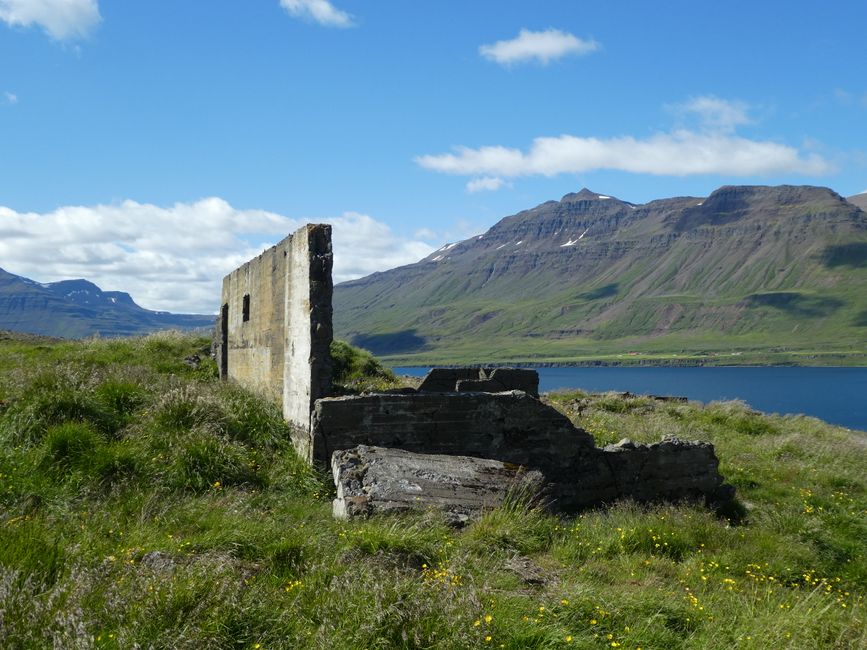
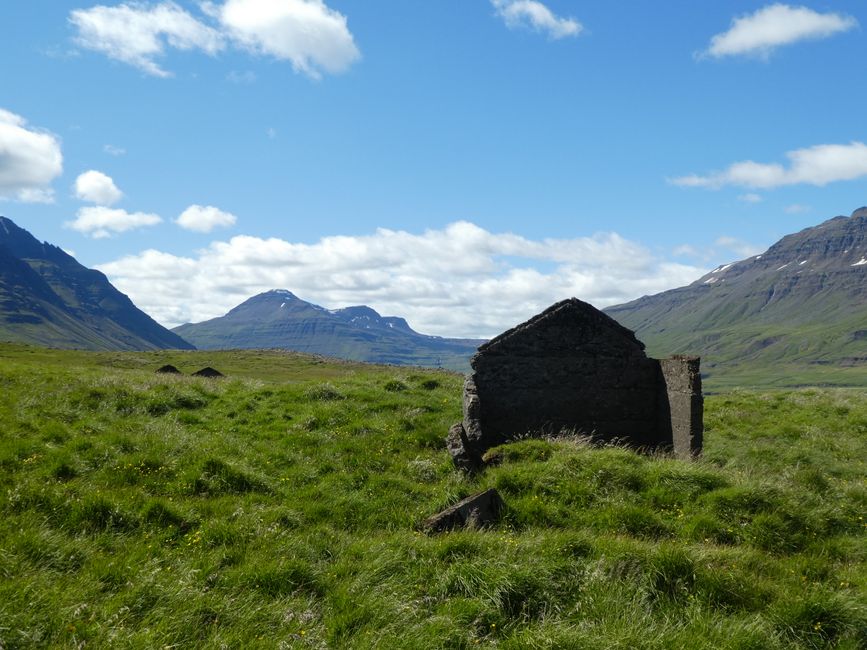
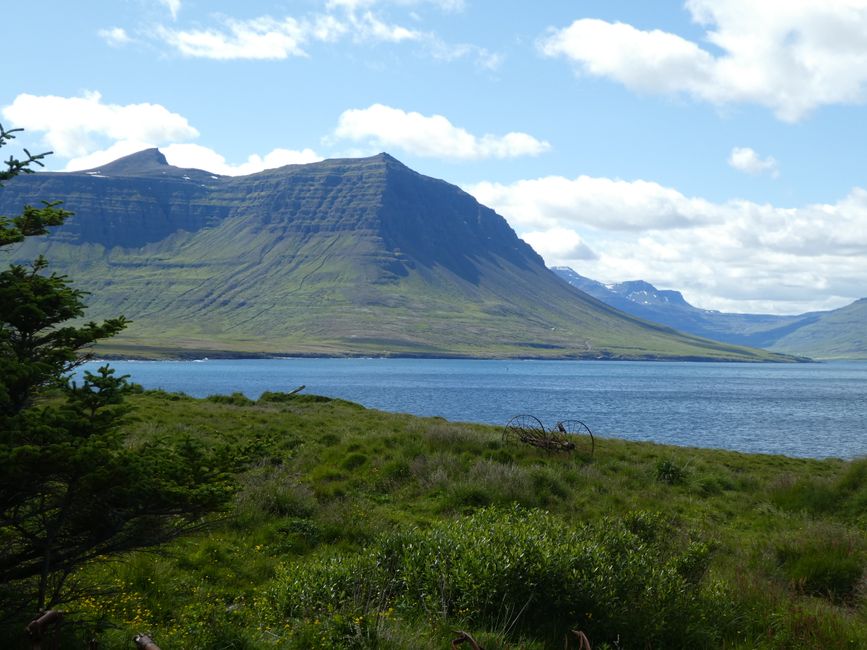
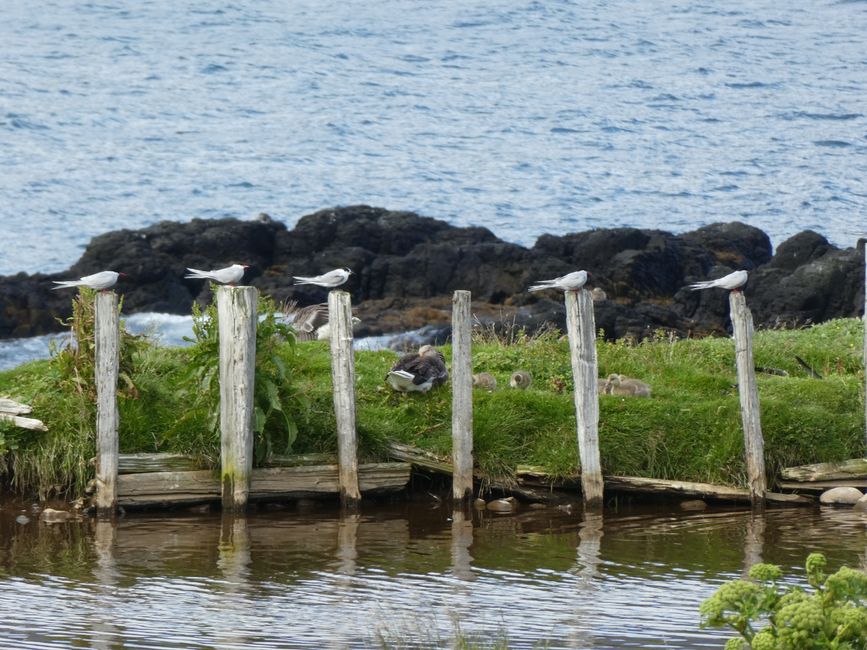
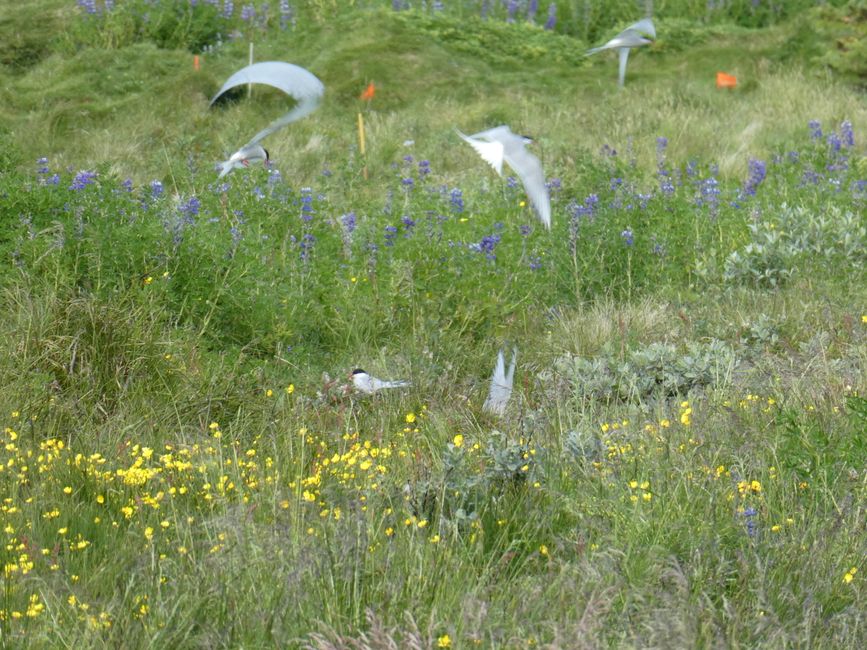
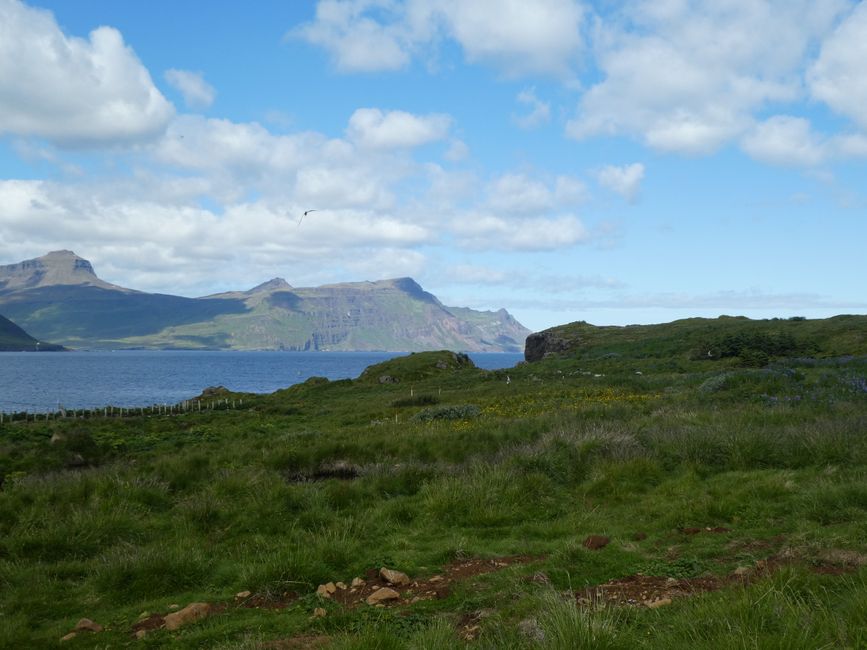
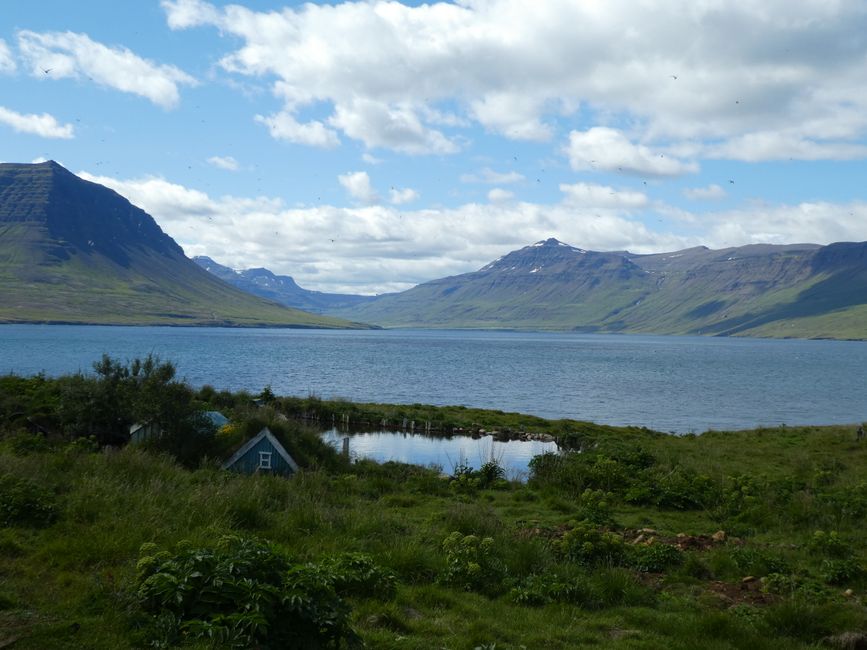
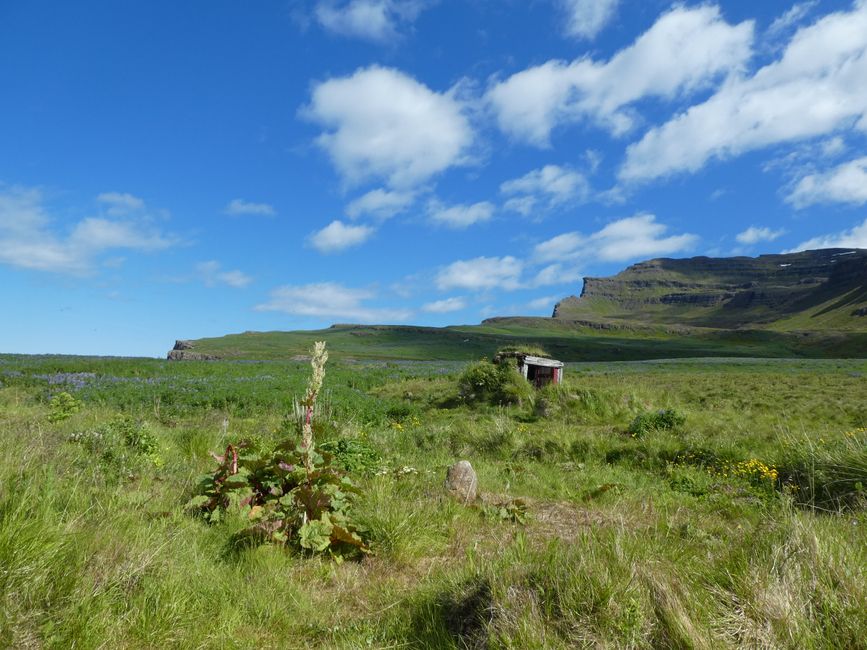
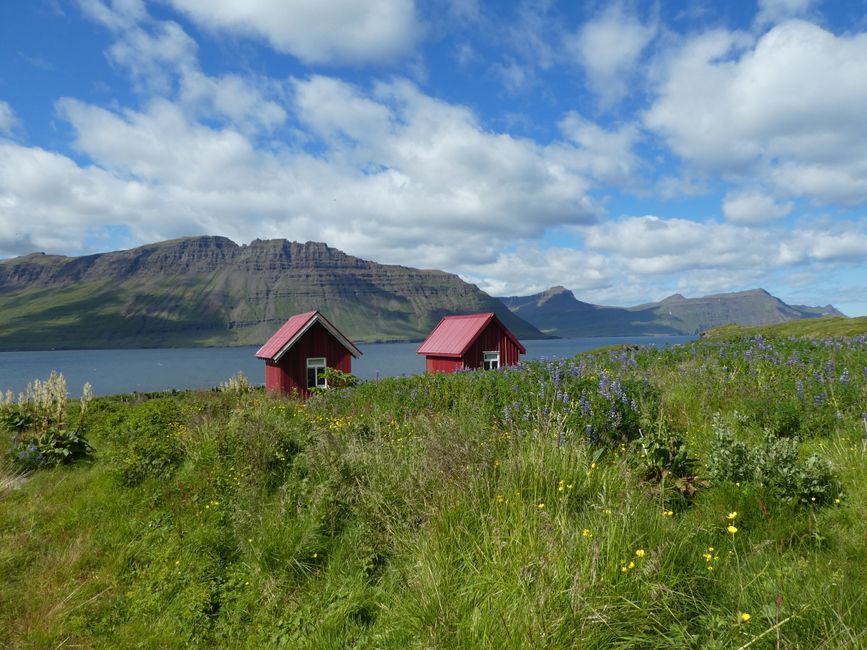
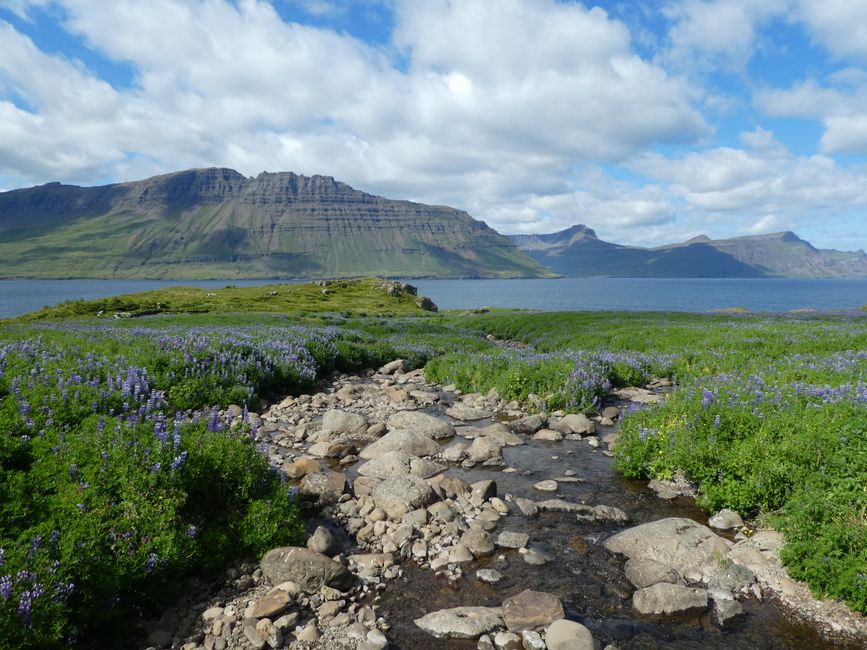
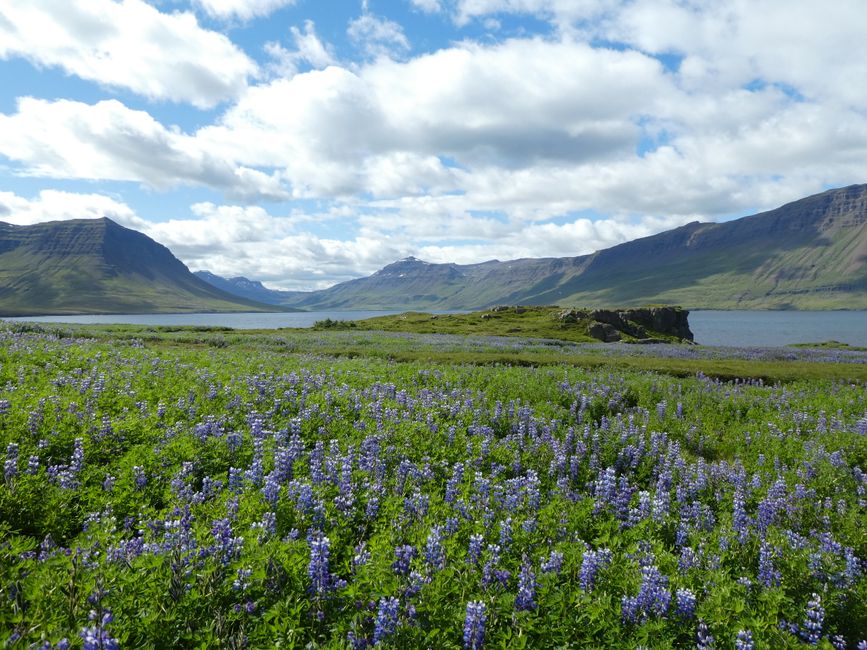
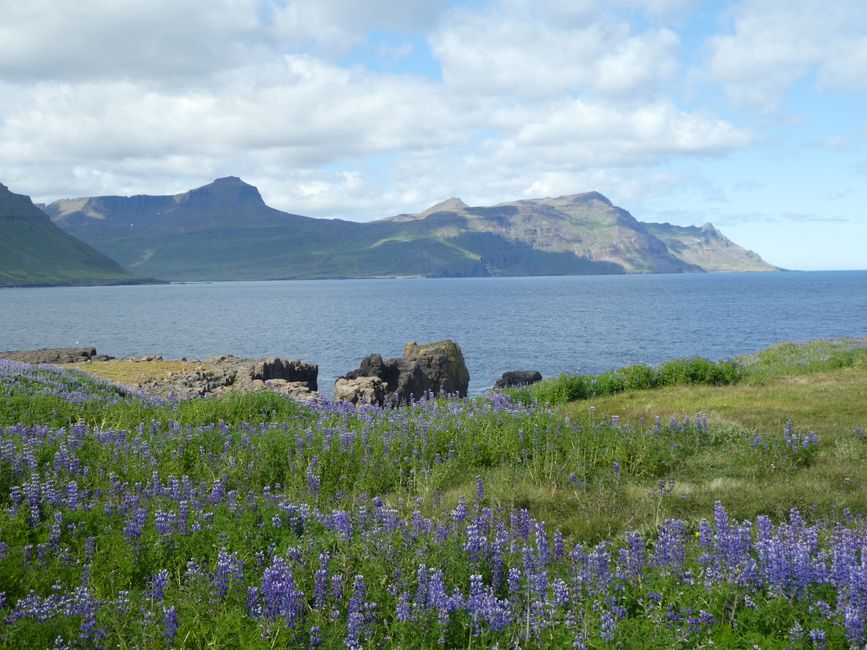
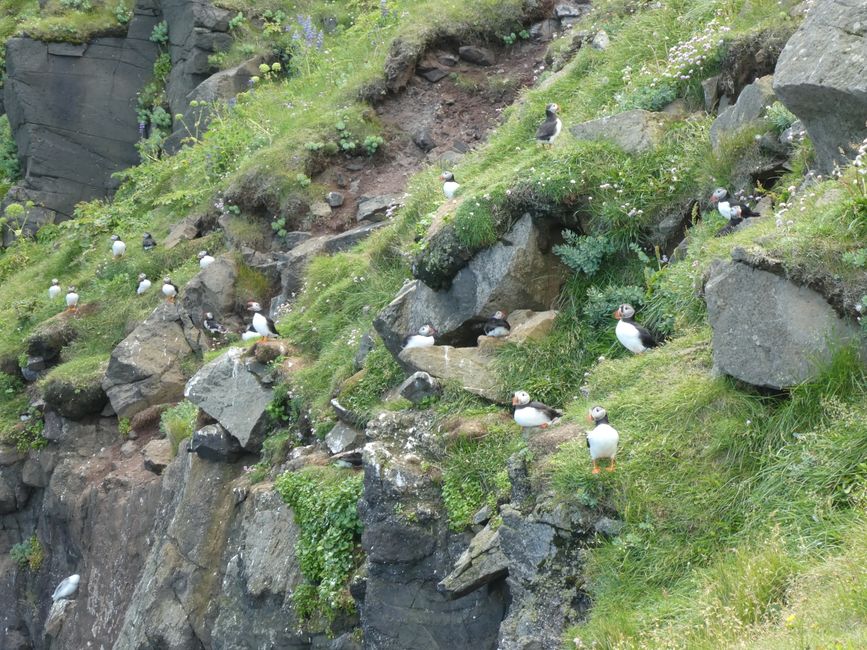
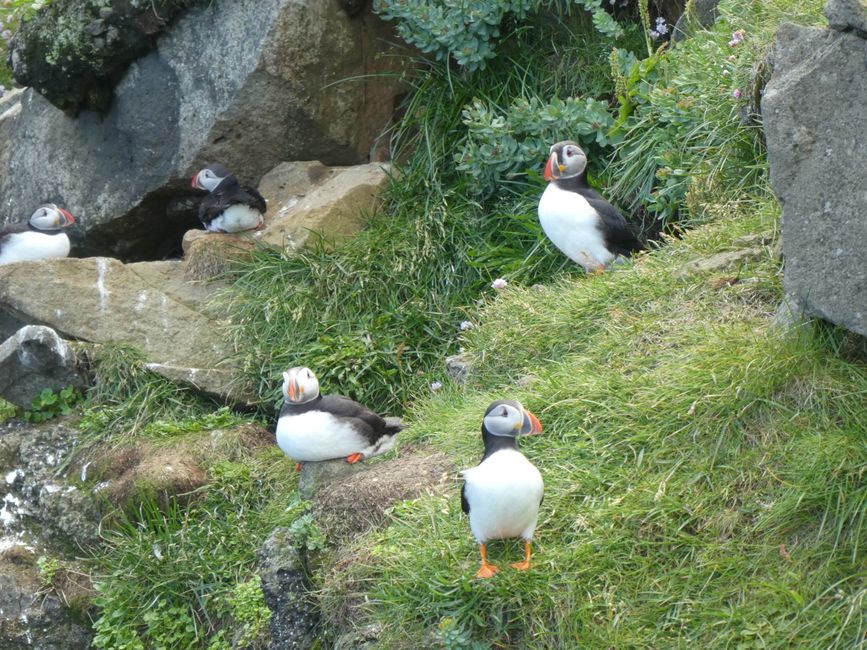
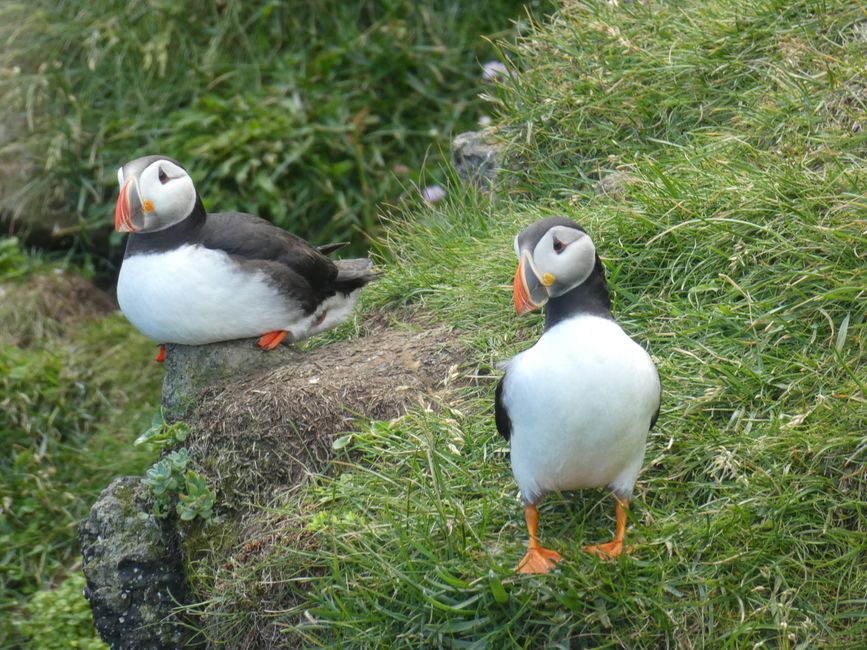
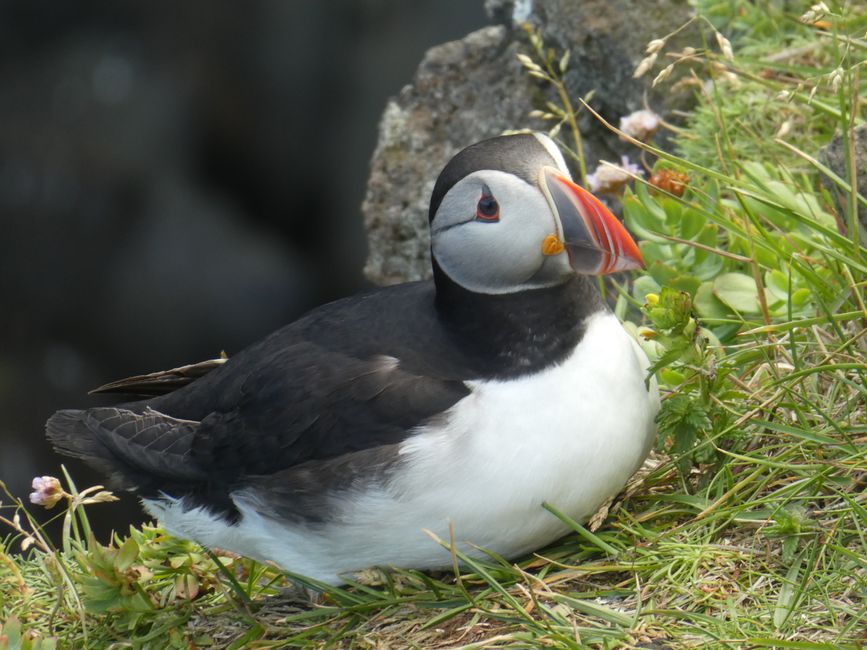
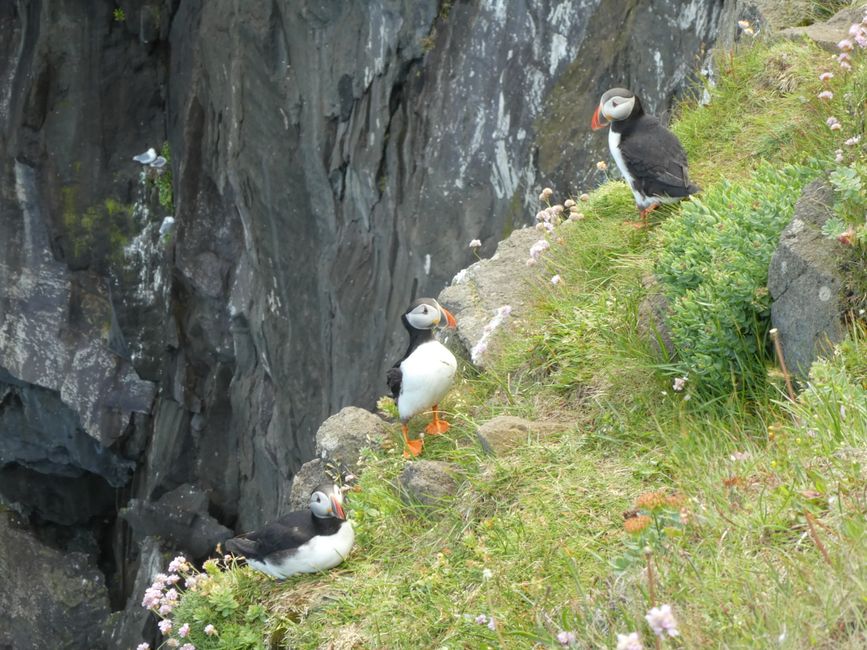
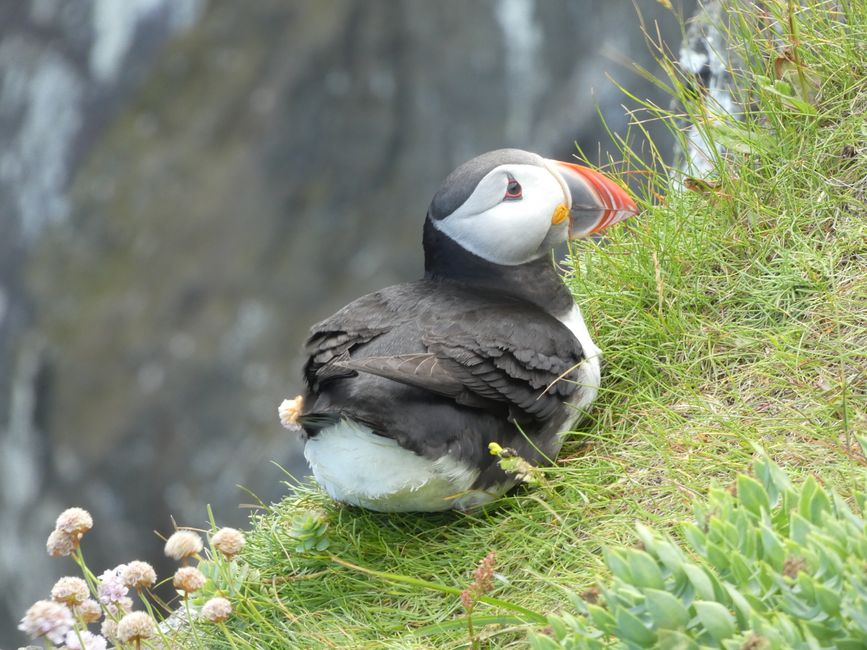
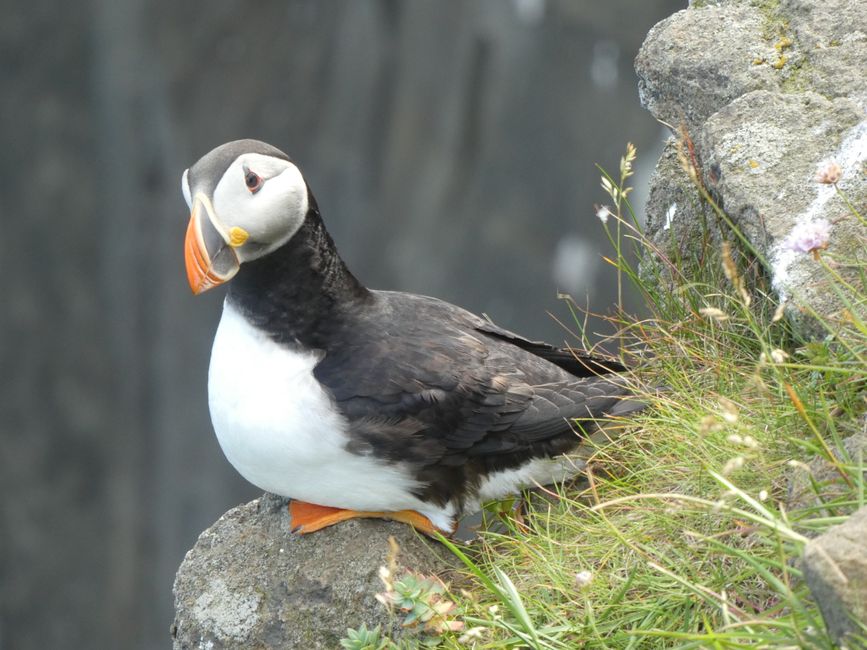
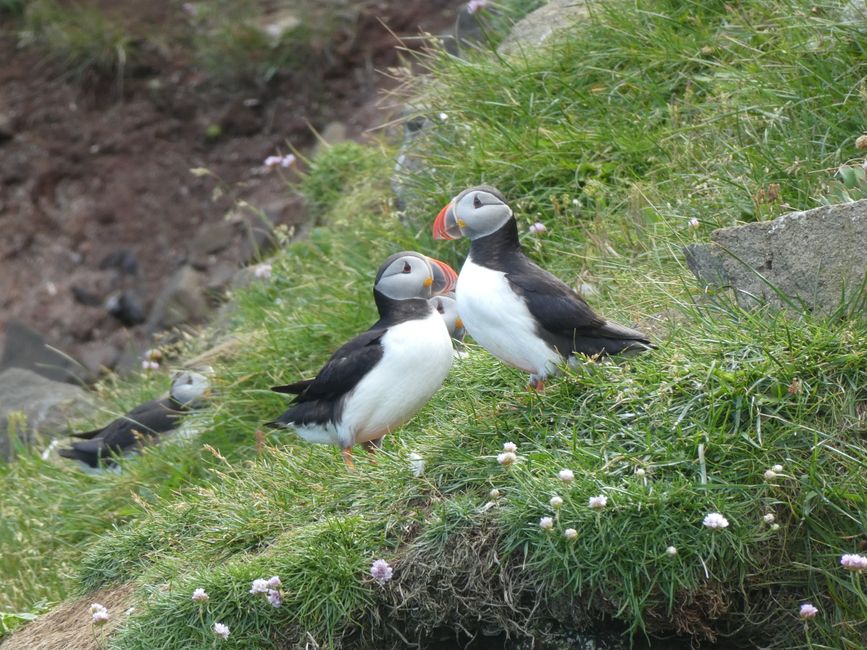
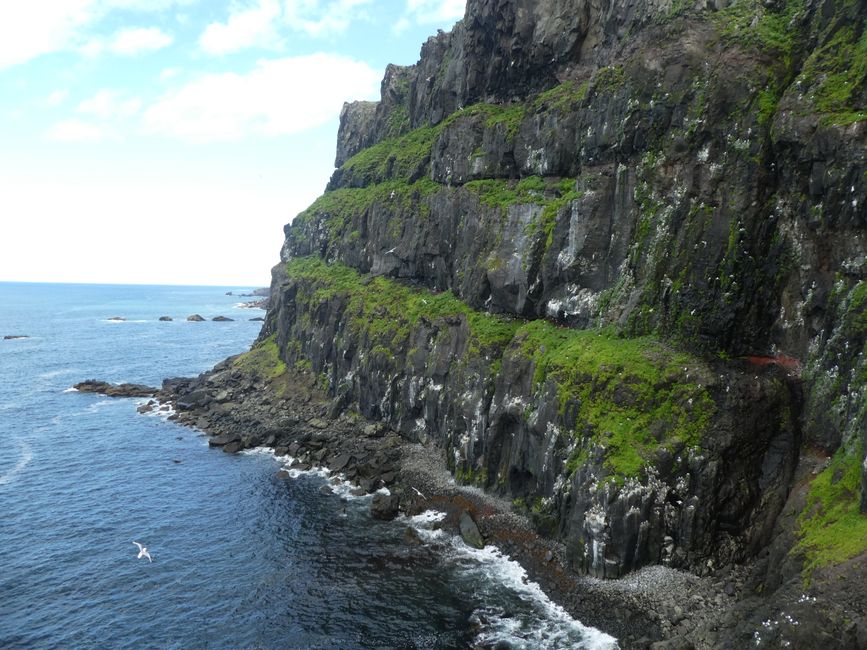
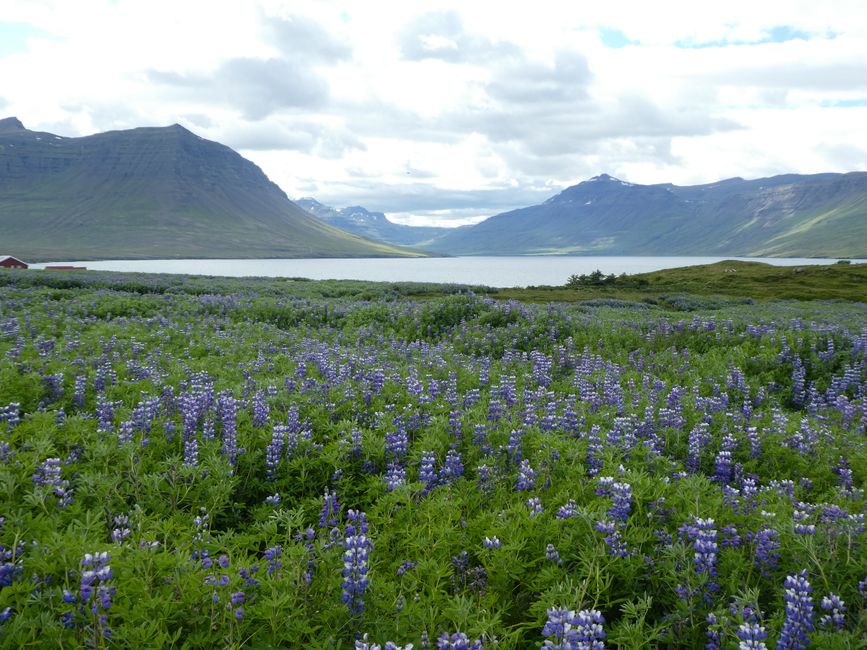
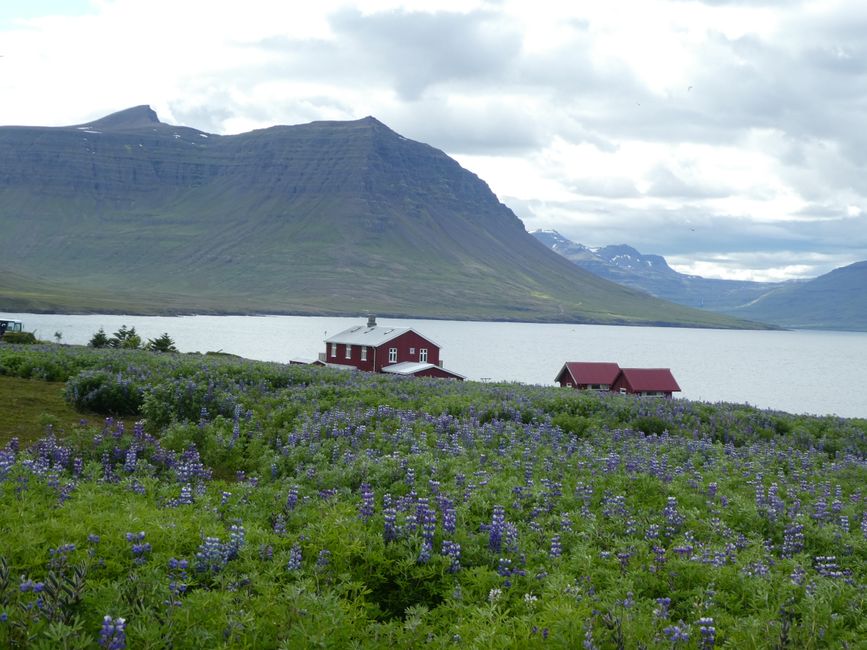
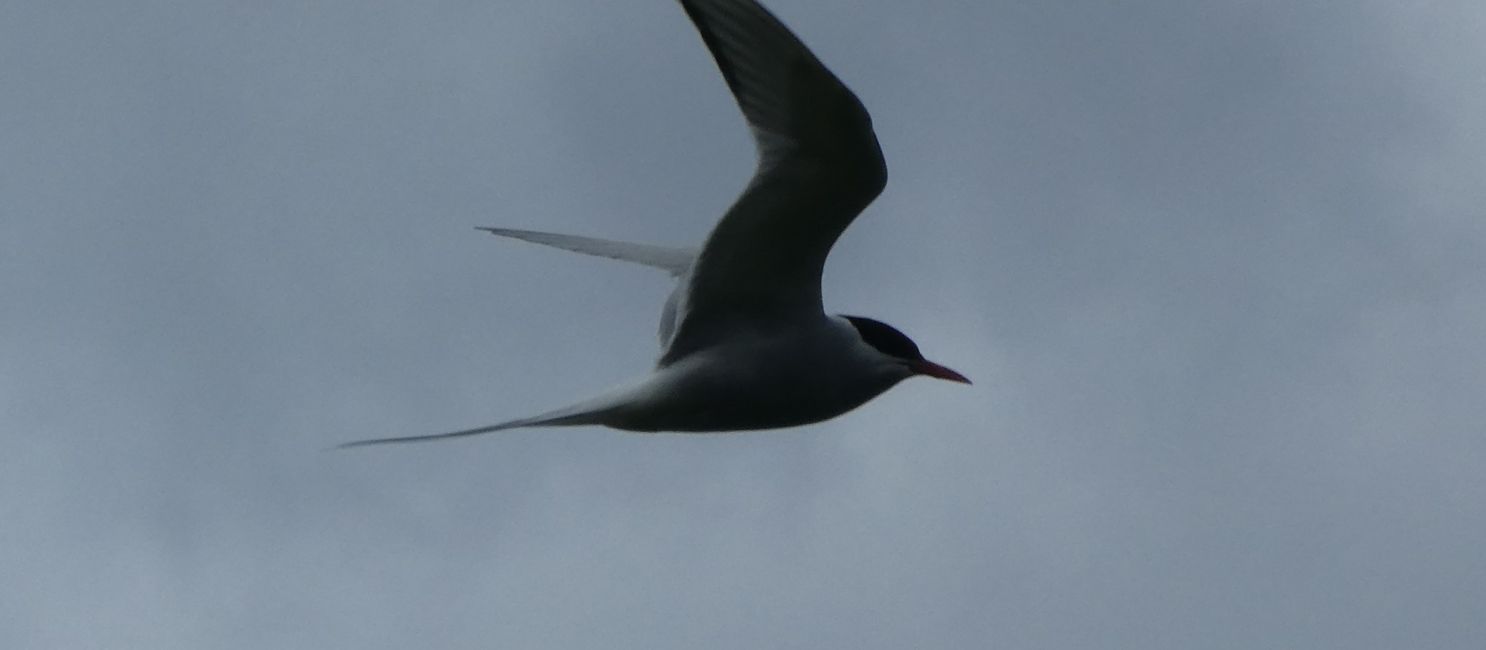
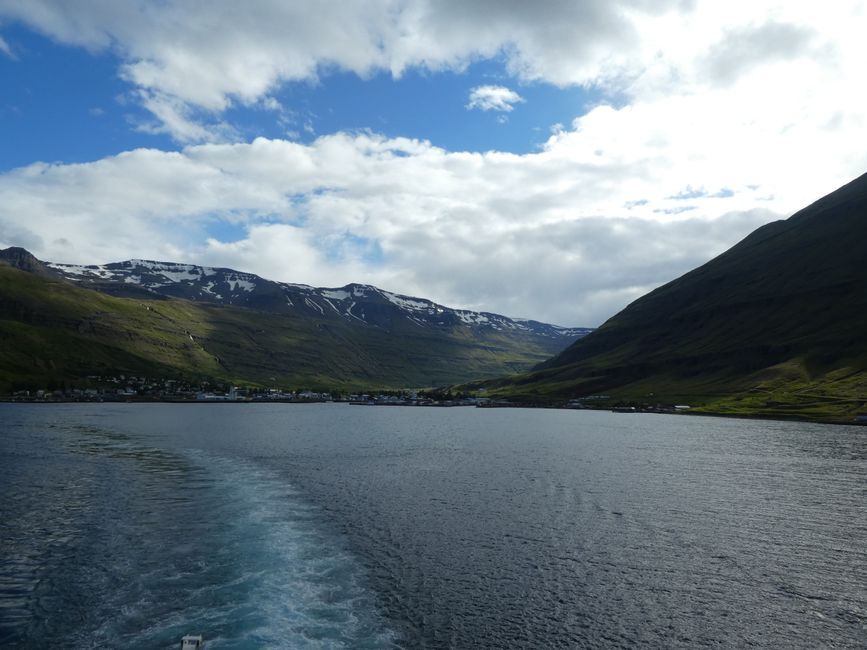
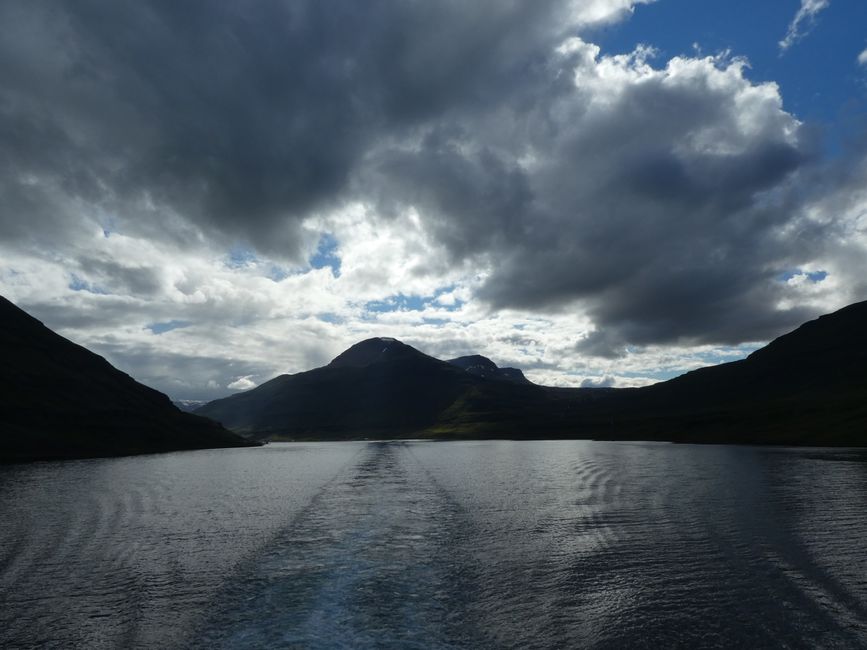
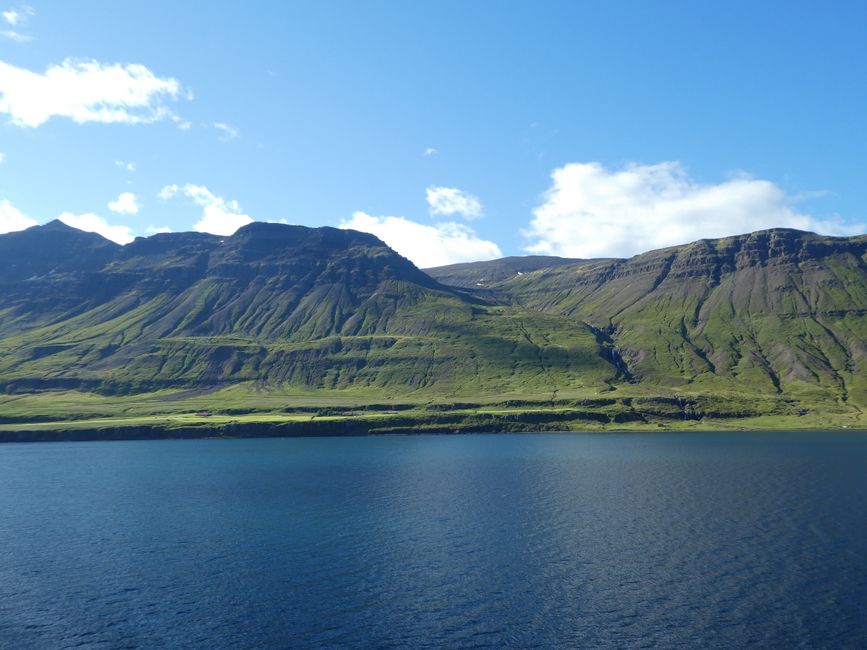
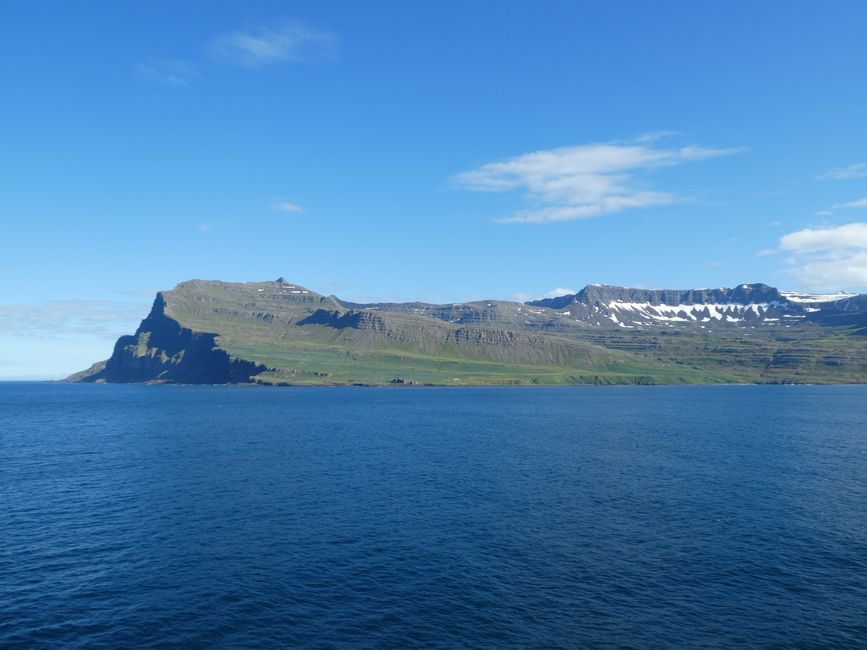
Sabskrip to Nyusleta
The first city we visited in Iceland was Seydisfjördur, located on the eastern side of the island (German: Fjord of the Fireplace). The ferry from Hirtshals also arrives here.
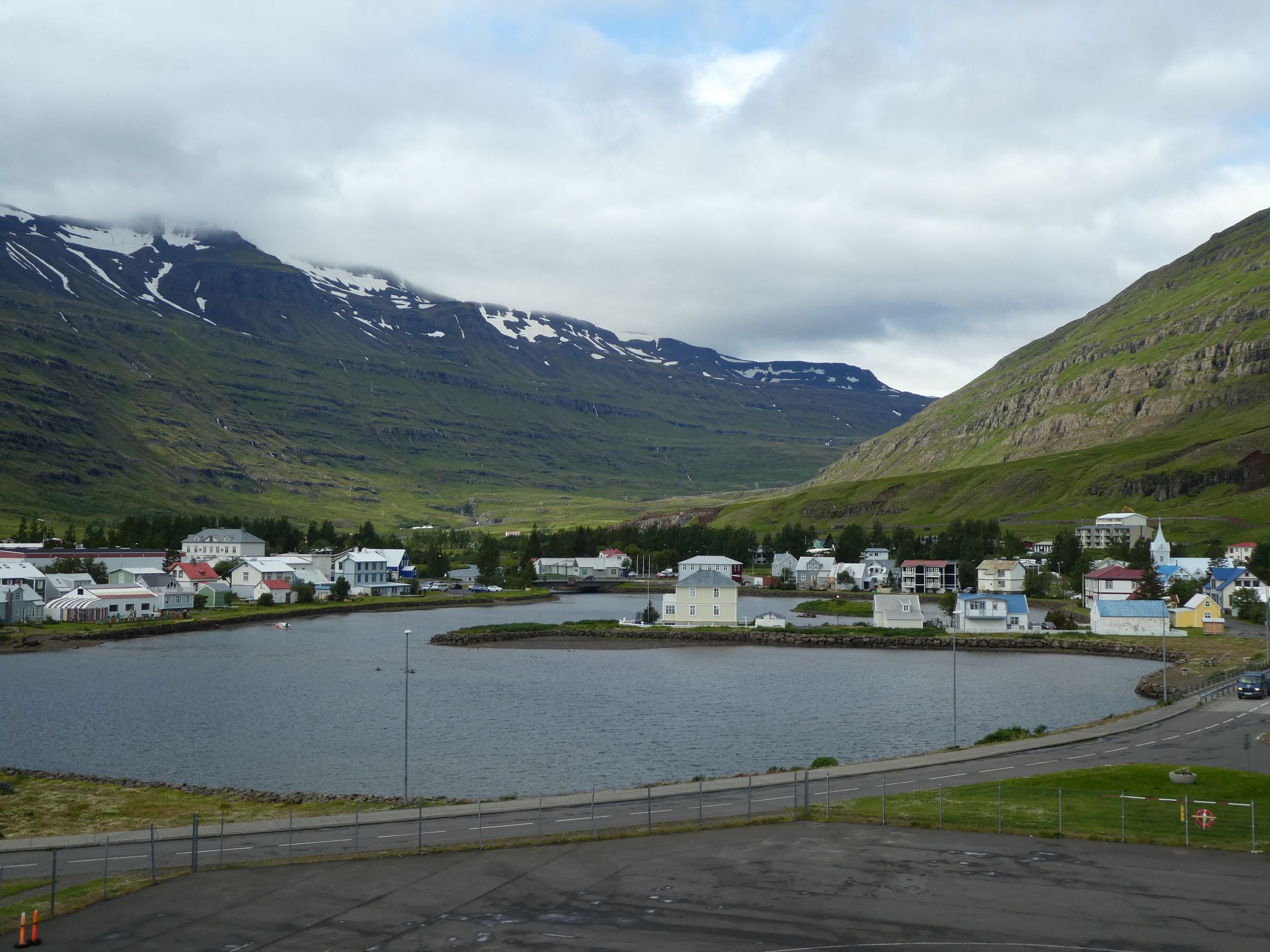
Seydisfjördur is a small town with about 700 inhabitants, located at the end of a 17 km long fjord.
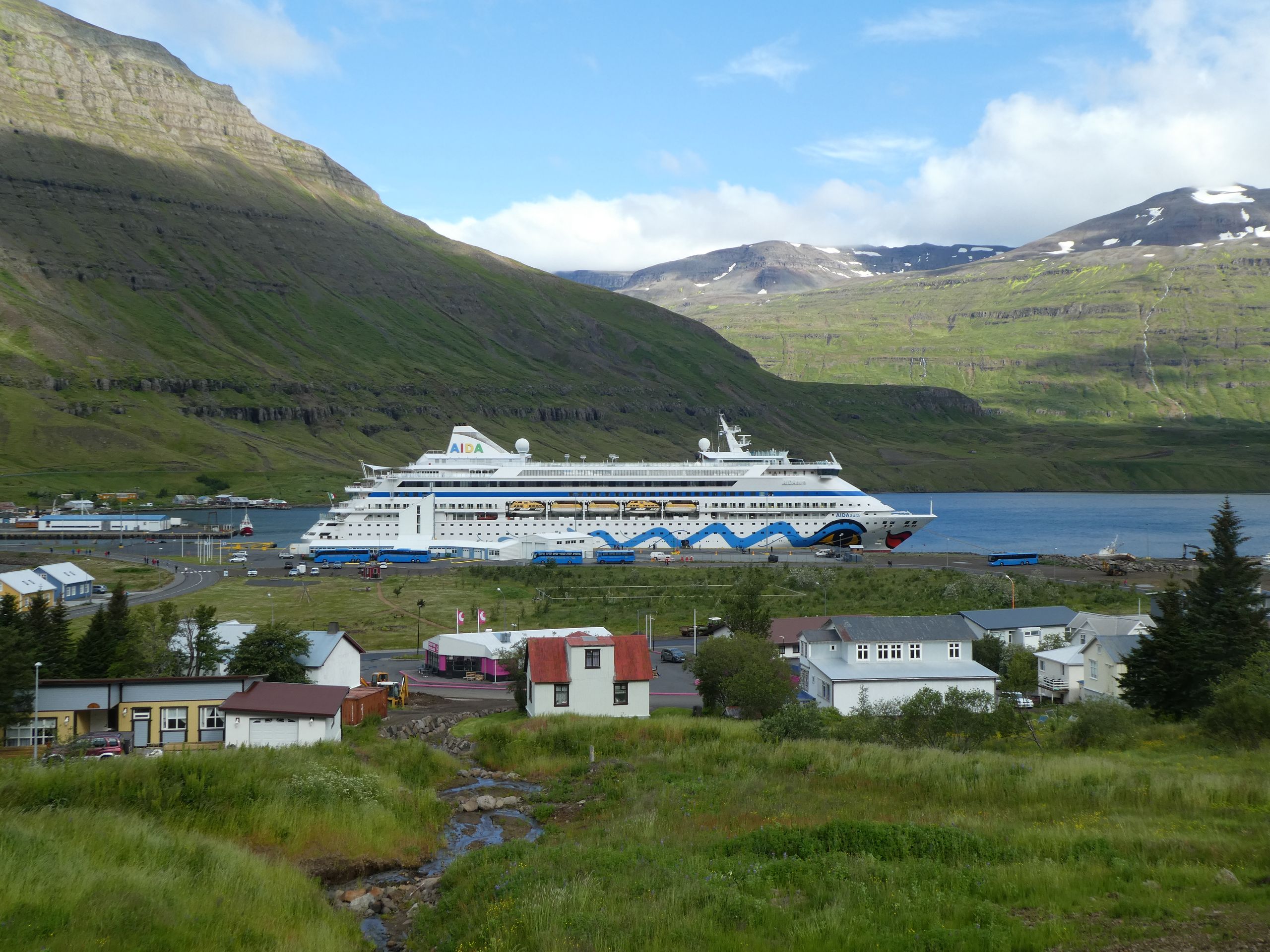
In the morning, we started our exploration of the town with a little hike.
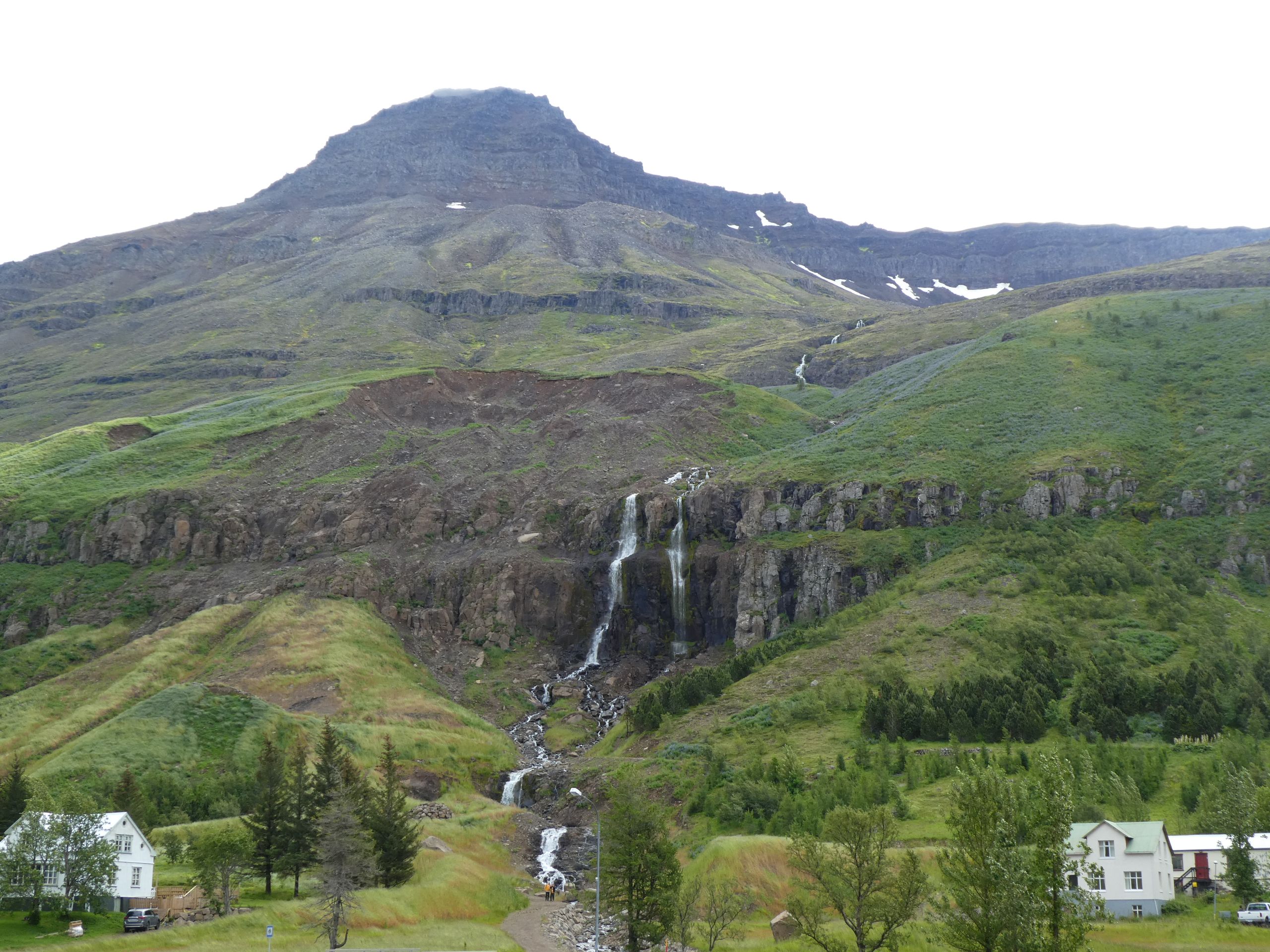
This hike also took us along the mountains surrounding the town.

The landscape shimmered in various shades of green, especially when the sun was shining.
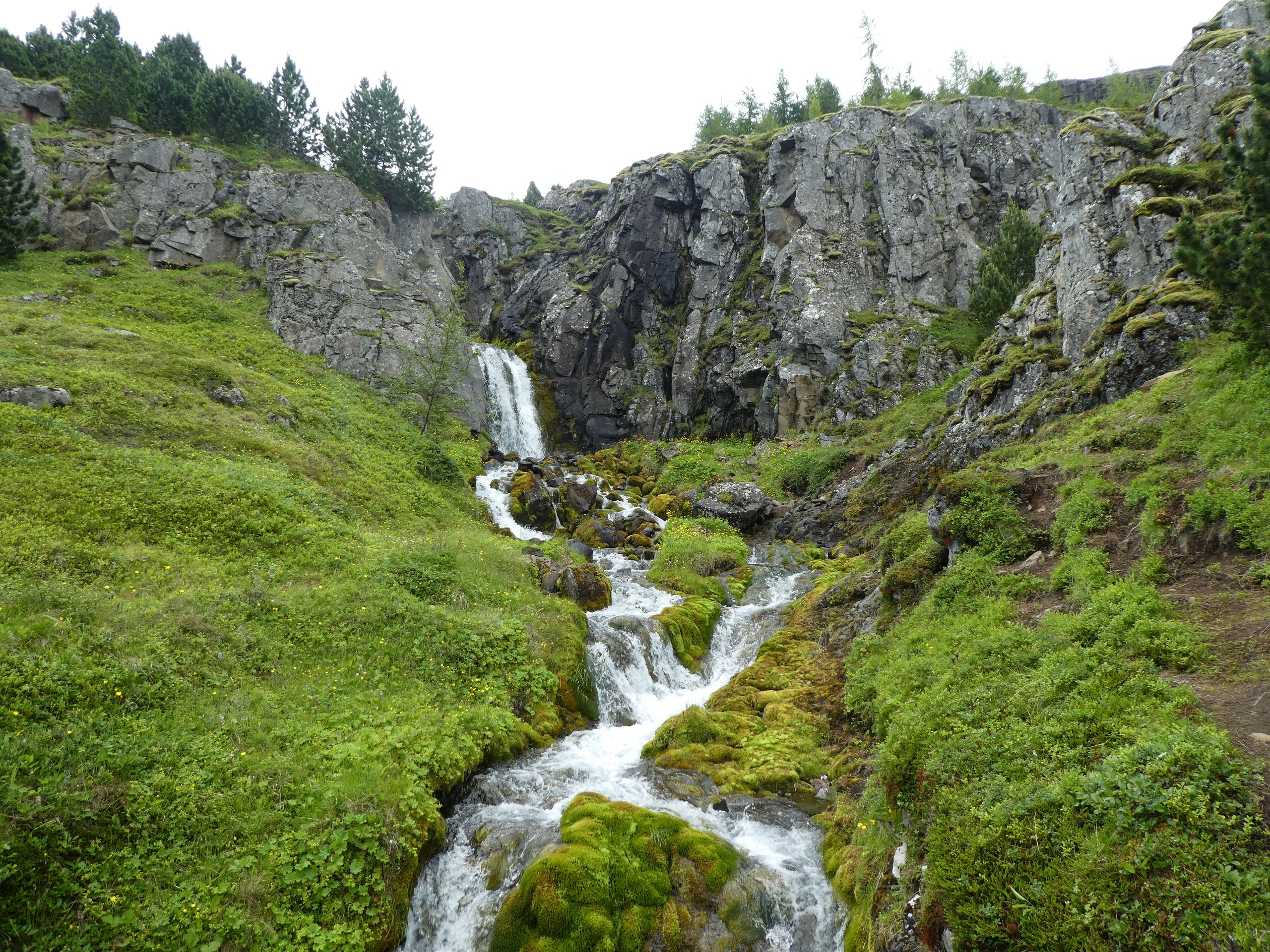
We were really lucky with the weather that day: It was a bit chilly with a maximum of 15°C, but besides some clouds, we saw a lot of blue sky and it stayed dry.
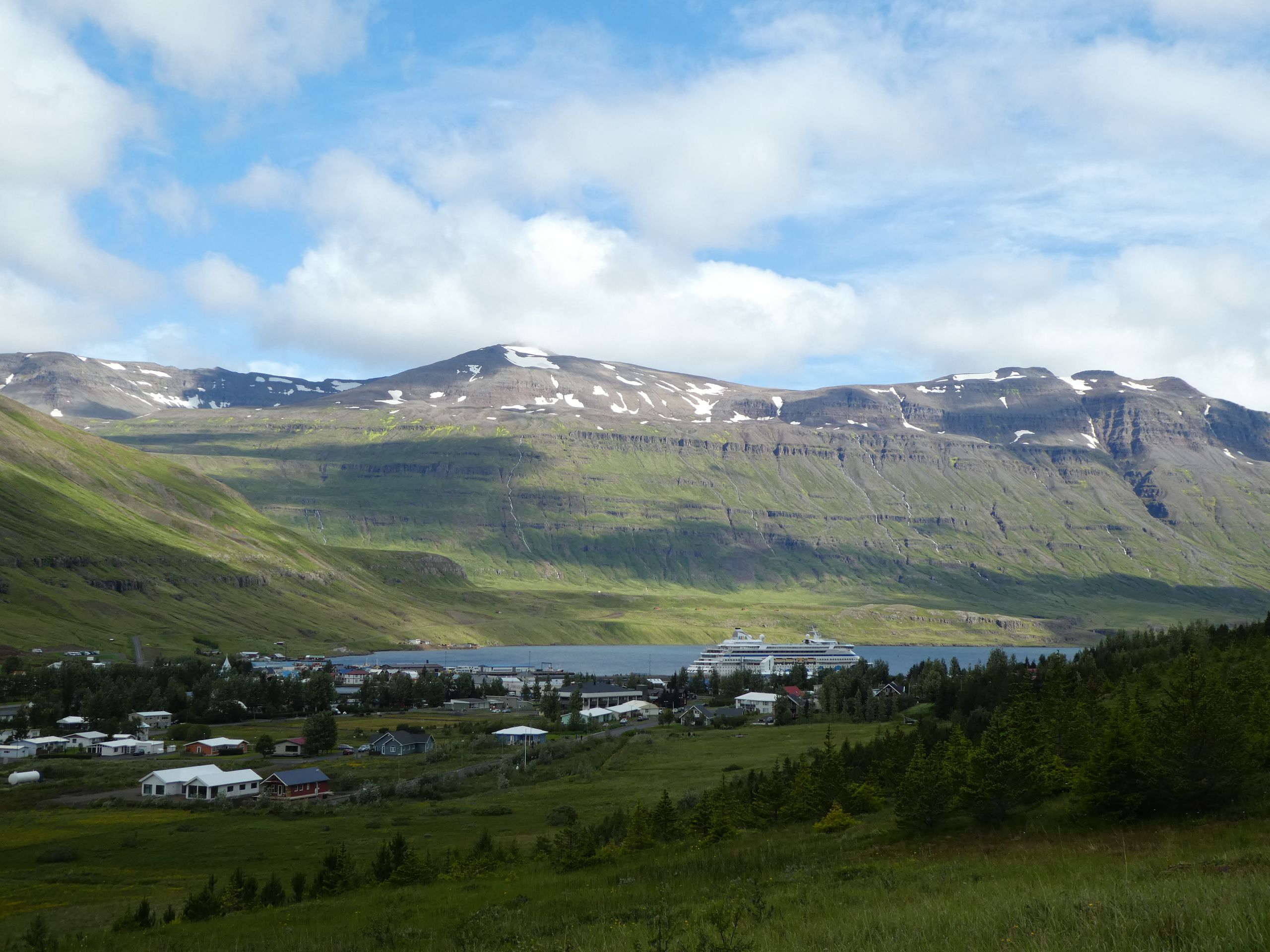
The hiking trail was well marked and partly newly constructed.
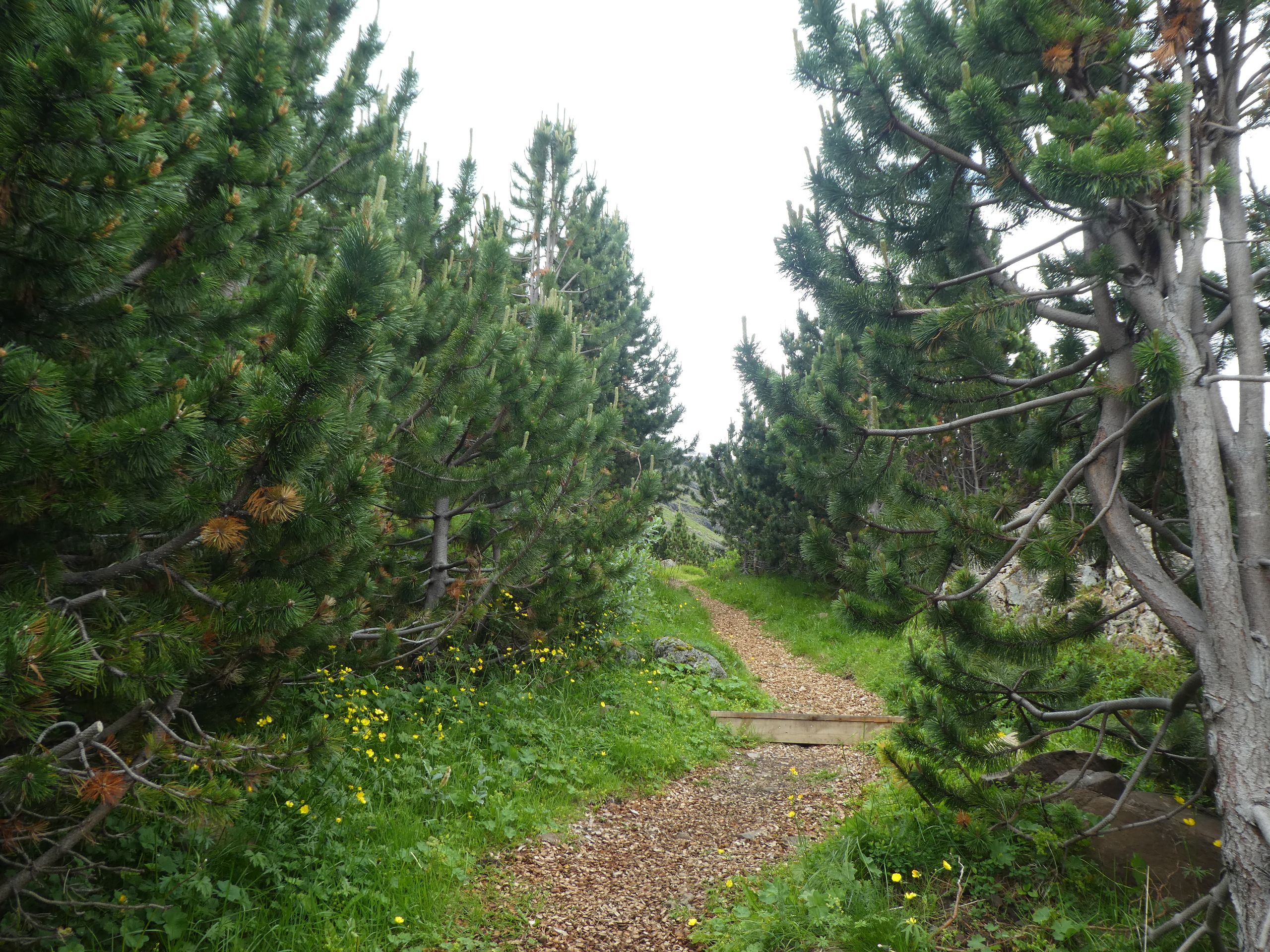
We passed several waterfalls flowing through the stony and green landscape.
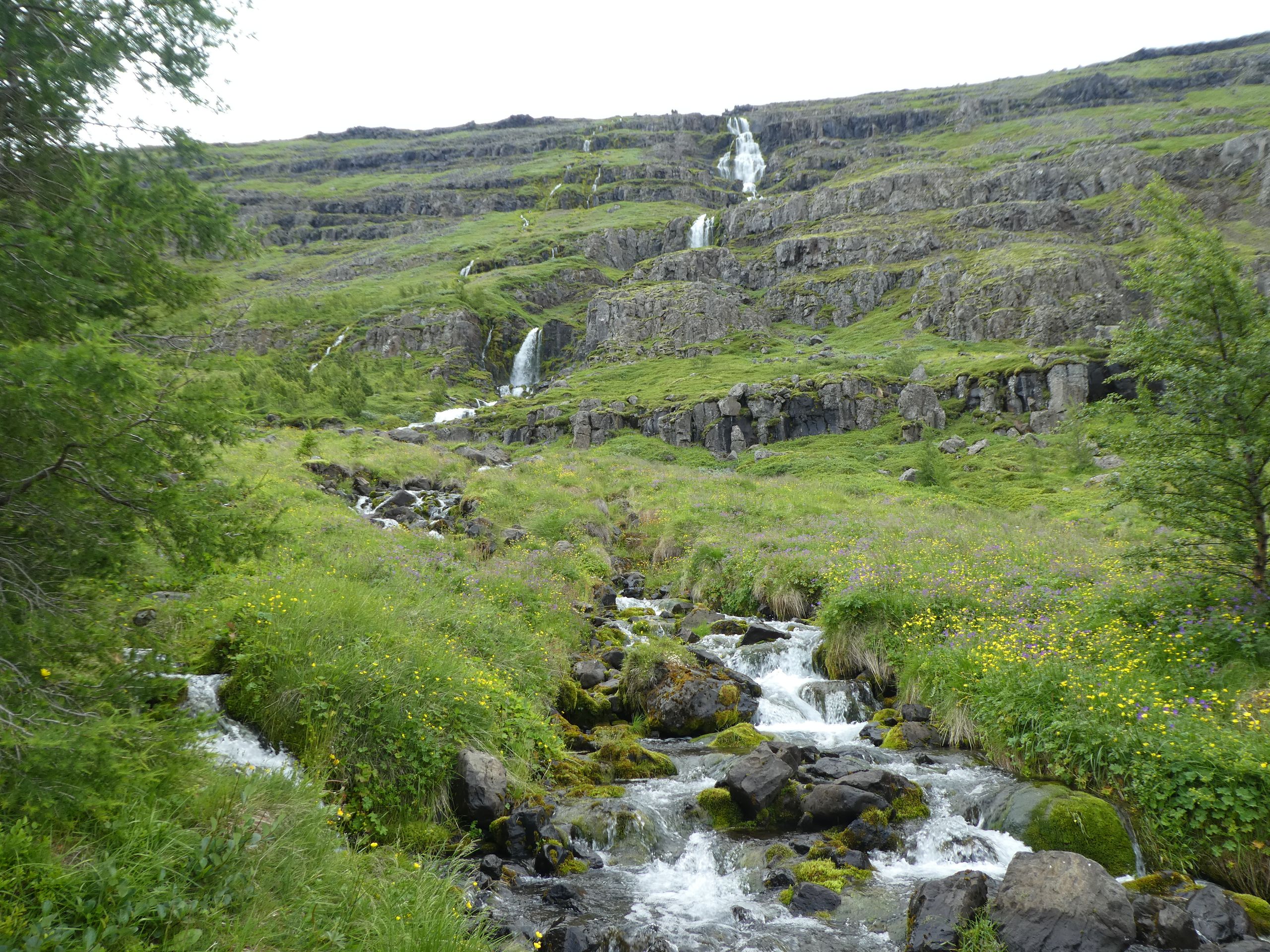
At the same time, we enjoyed a beautiful view towards the fjord.
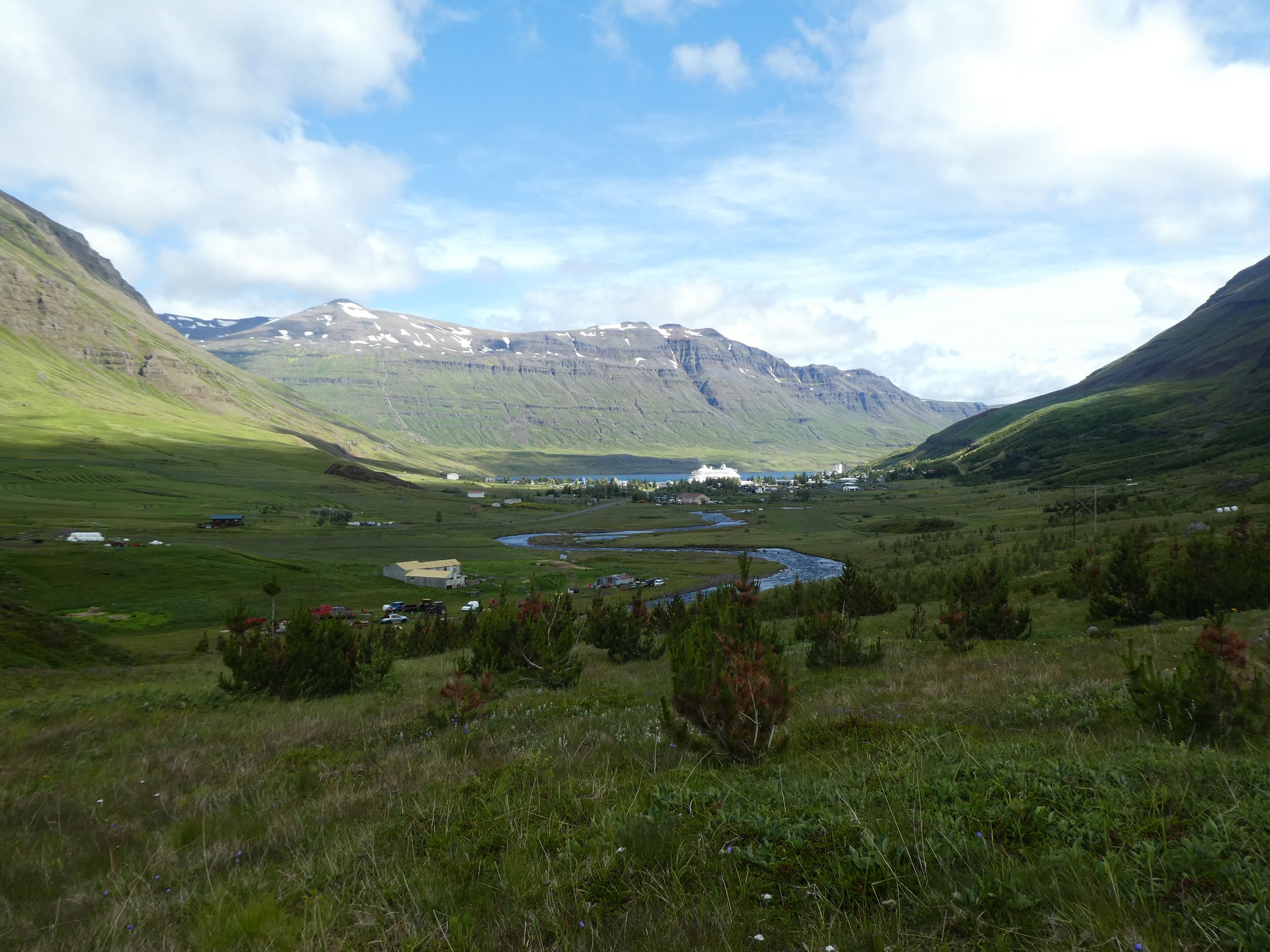
On the way back, we also walked through the town itself.
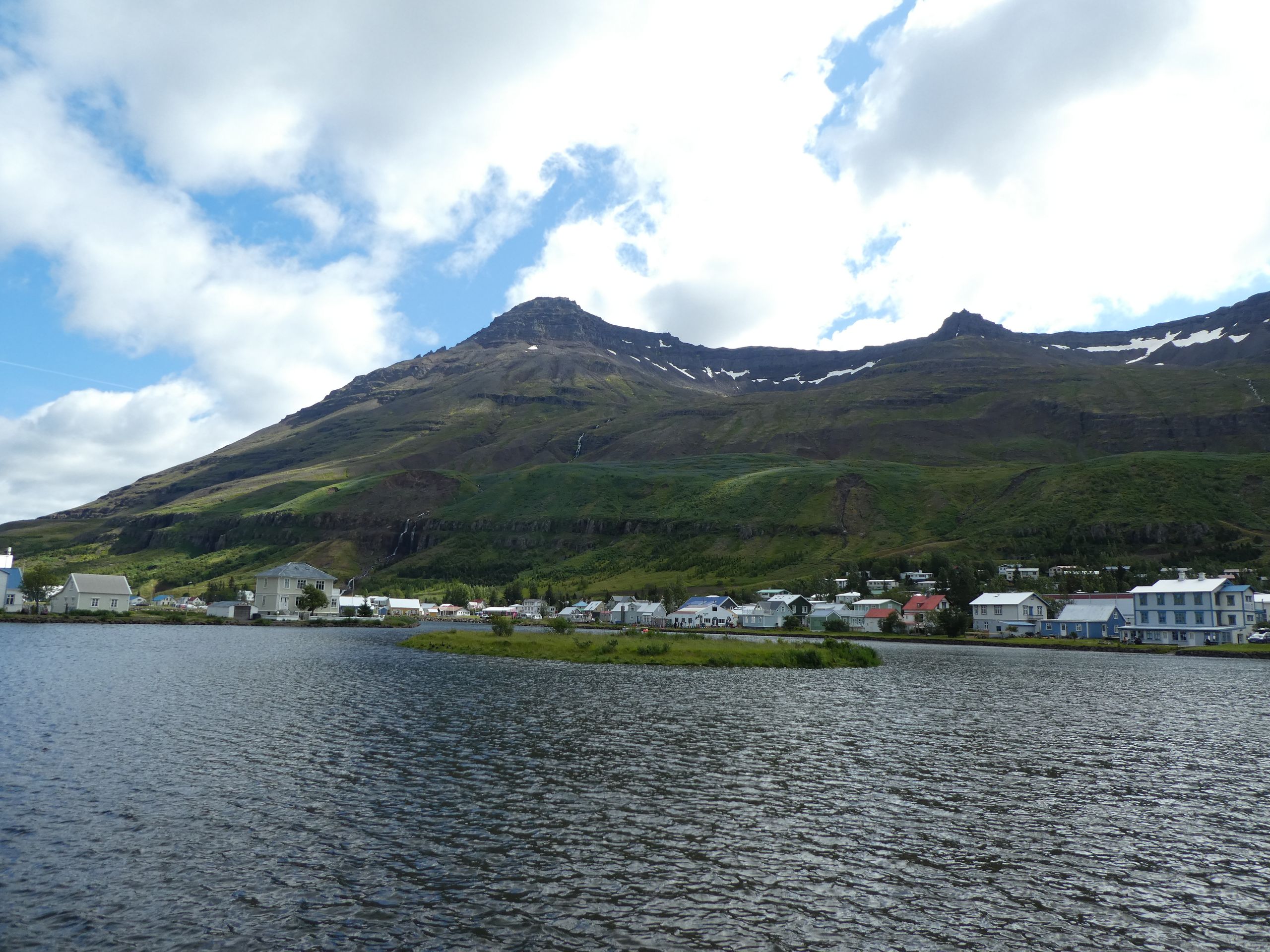
Especially worth seeing is the 'blue church', which was built in 1922 after a previous building burned down.
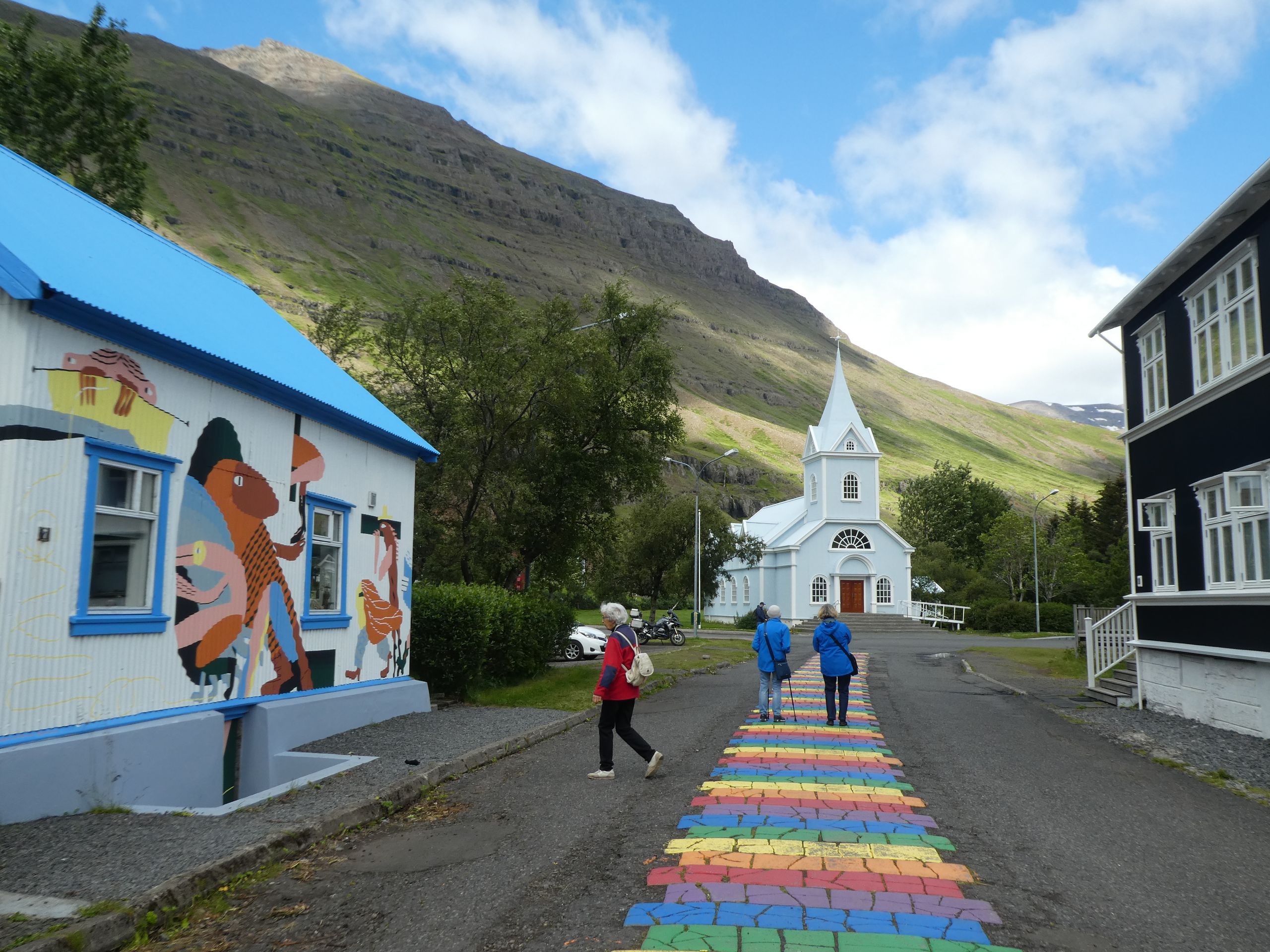
The path to the church, Nordurgata, is known for its colorful houses, making it the rainbow road.

In the afternoon, we had booked a trip to the Skalanes Nature Reserve.
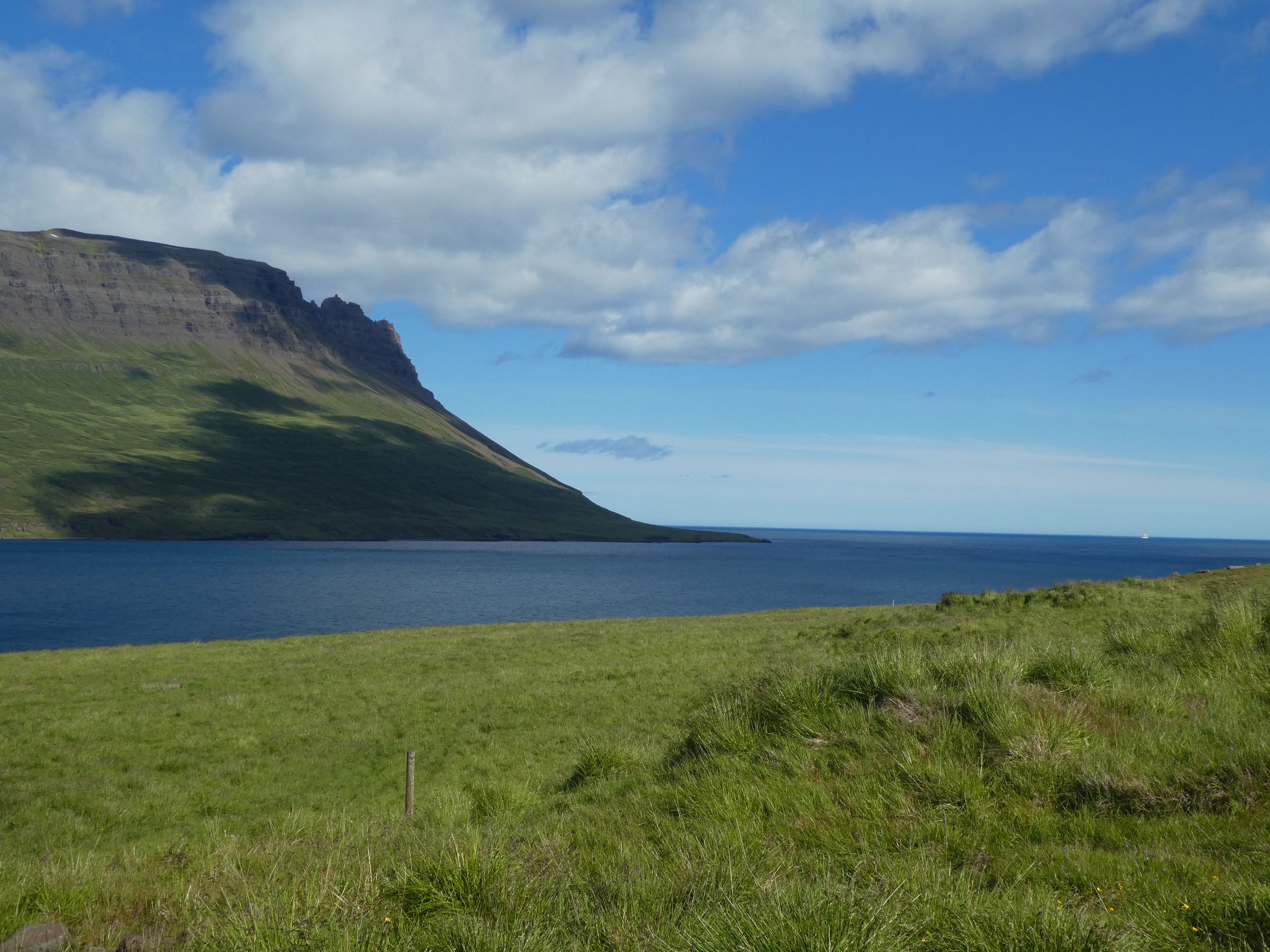
For the journey, we boarded a four-wheel-drive bus, which took us safely over the gravel roads and through three rivers we had to cross.
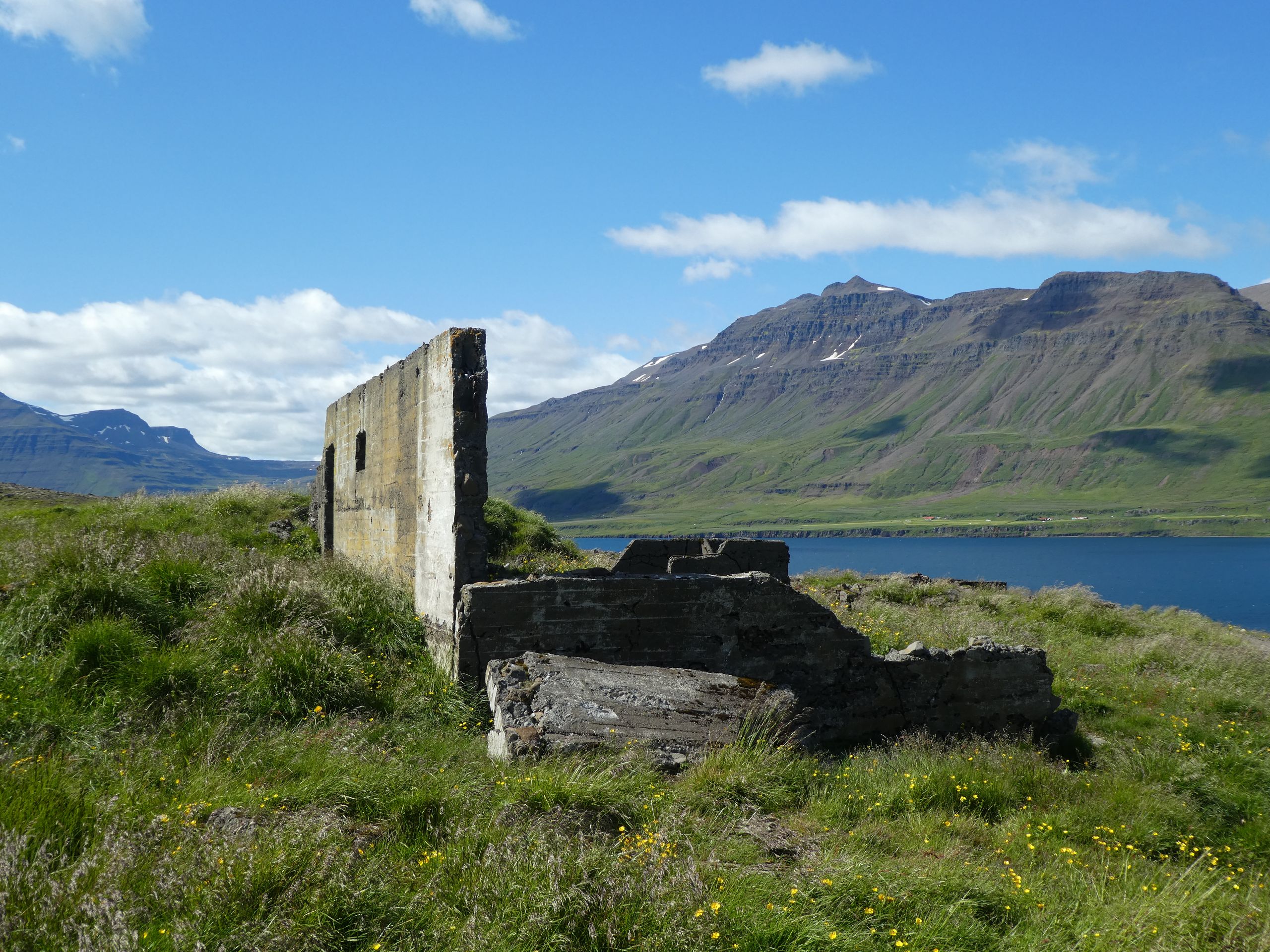
First, we stopped at the old farm Thorarinsstadhir, which is now abandoned.

Here, you can still see the foundations of an old church that the inhabitants had built out of the rare material of wood on Iceland.
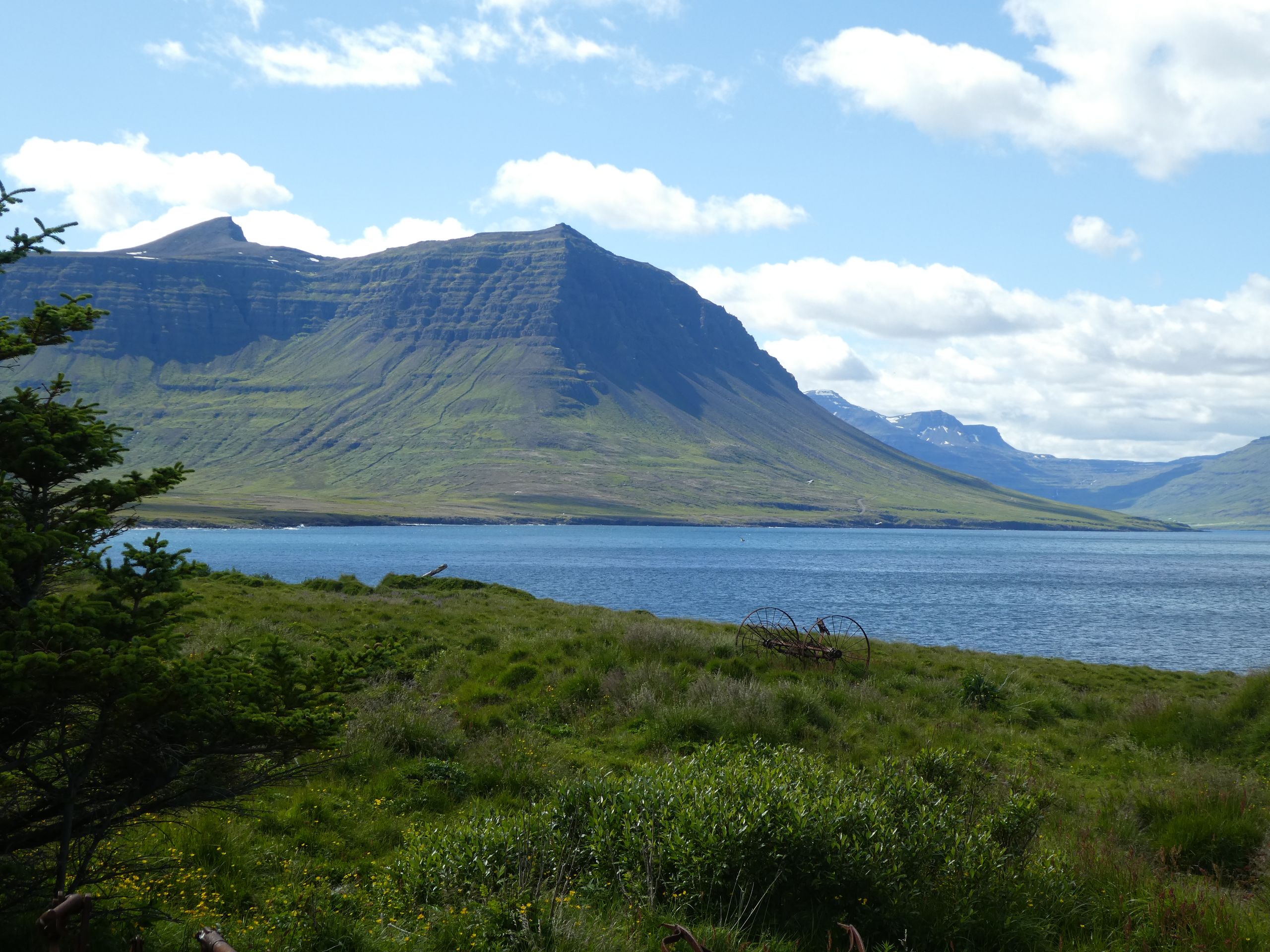
When the people settled in another location, they simply took their church with them and transported it over the water to present-day Seydisfjördur. However, the building burned down, and later the blue church was constructed there.
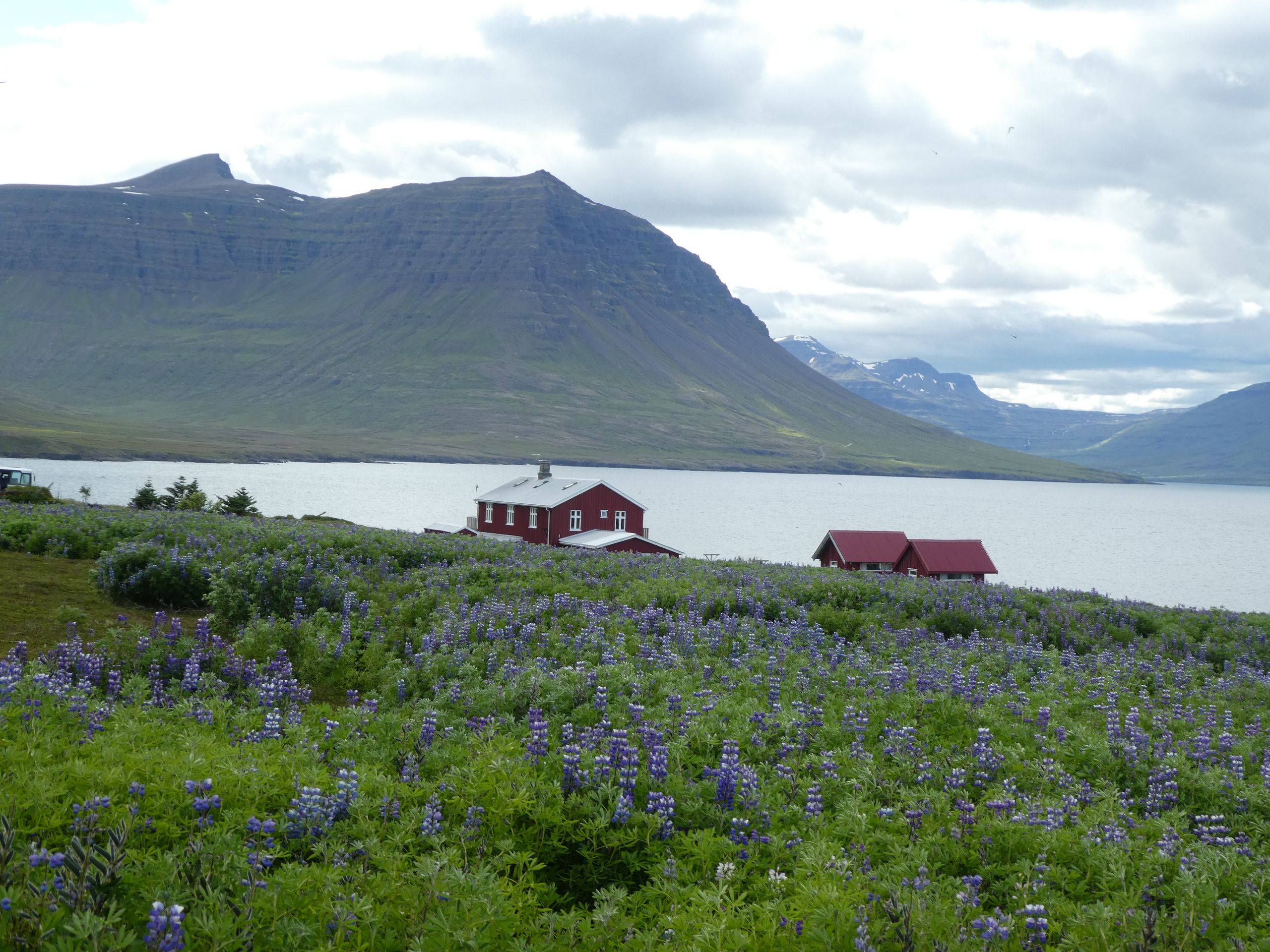
In the Skalanes Nature Reserve, there is a house where research is conducted and students from all over the world come for their studies.
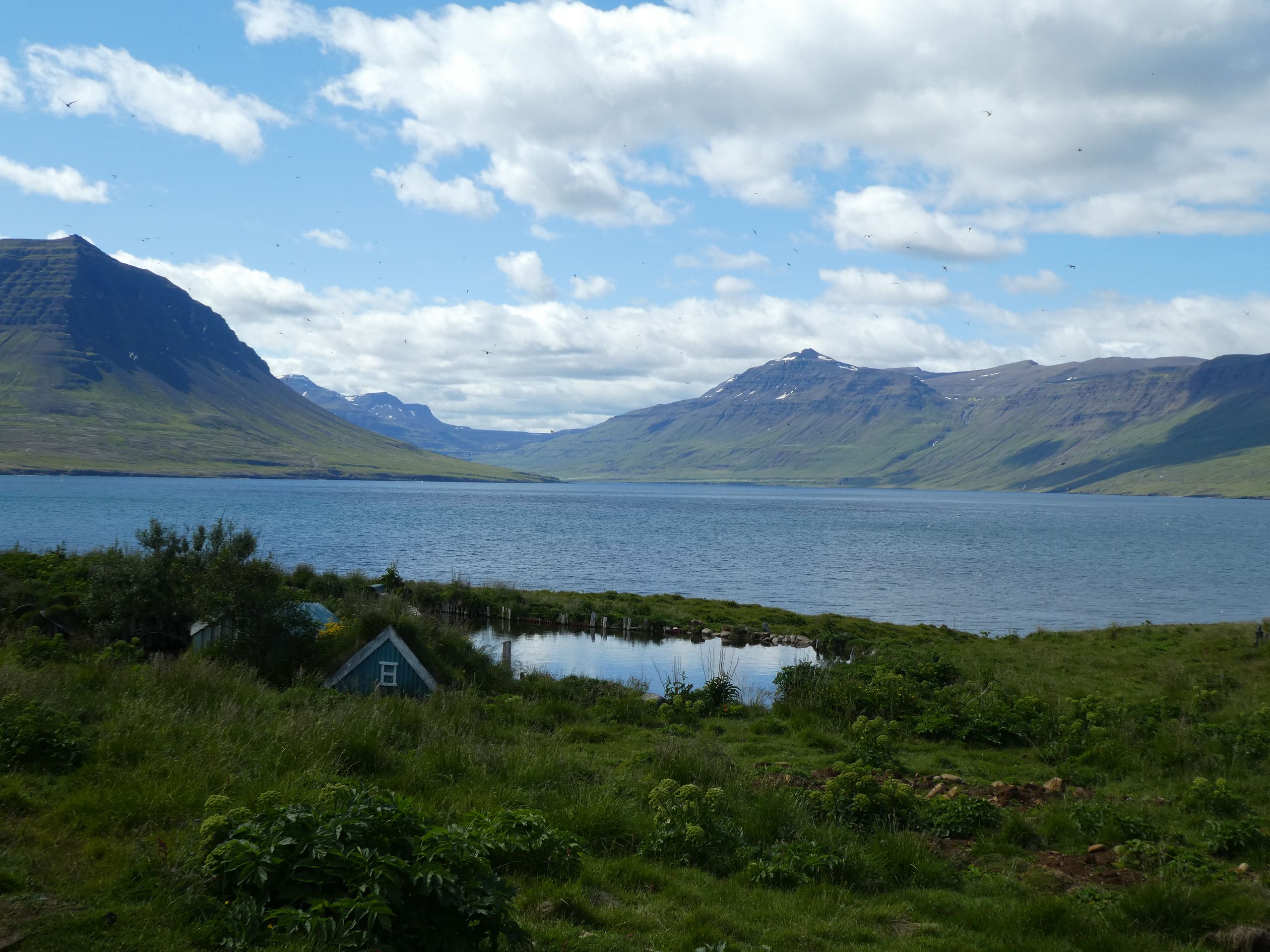
There is also an eider duck colony, from whose nests the very valuable down feathers of this species are harvested according to ancient tradition.
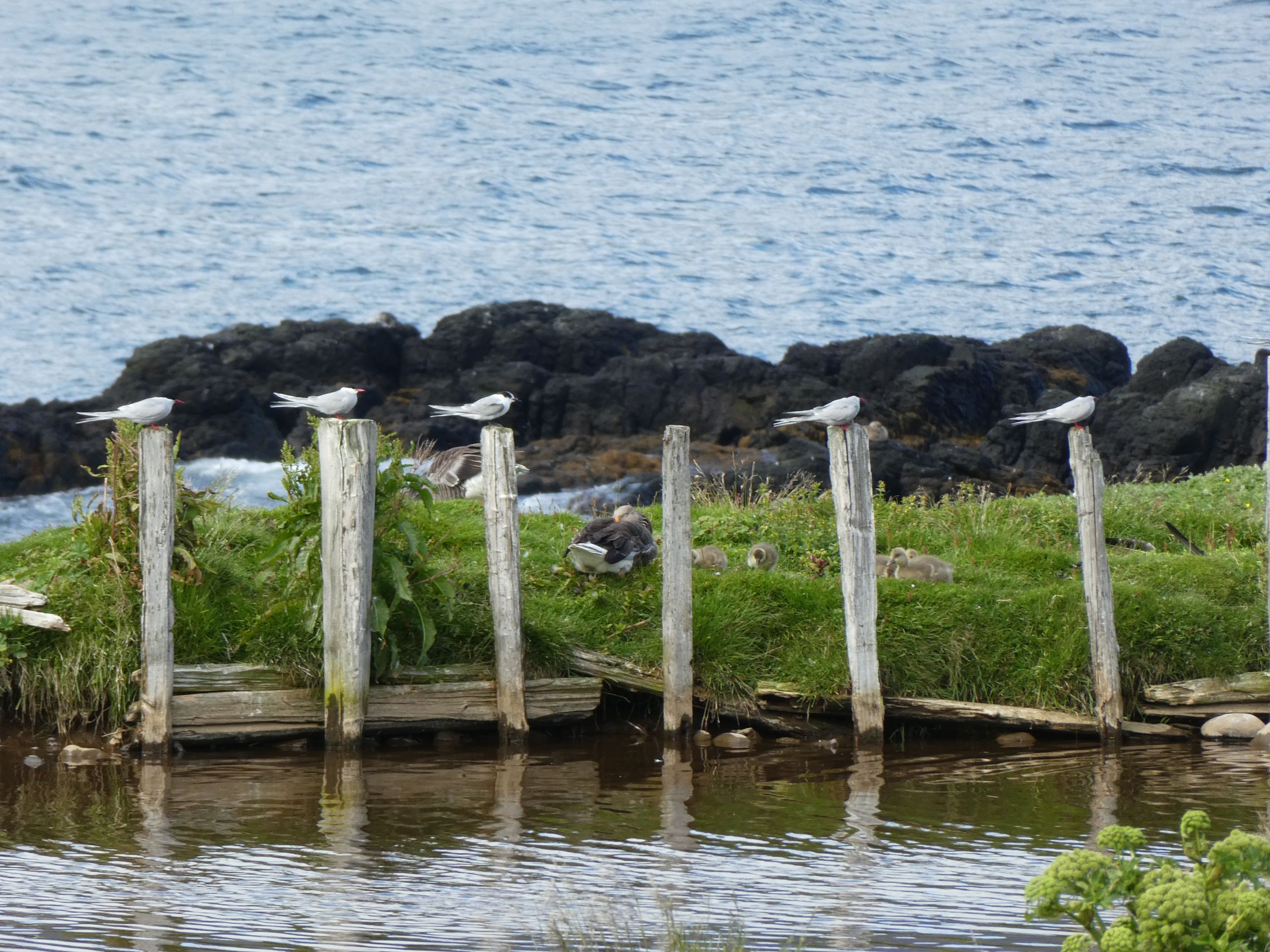
We were also greeted by numerous Arctic terns, which can be quite aggressive.
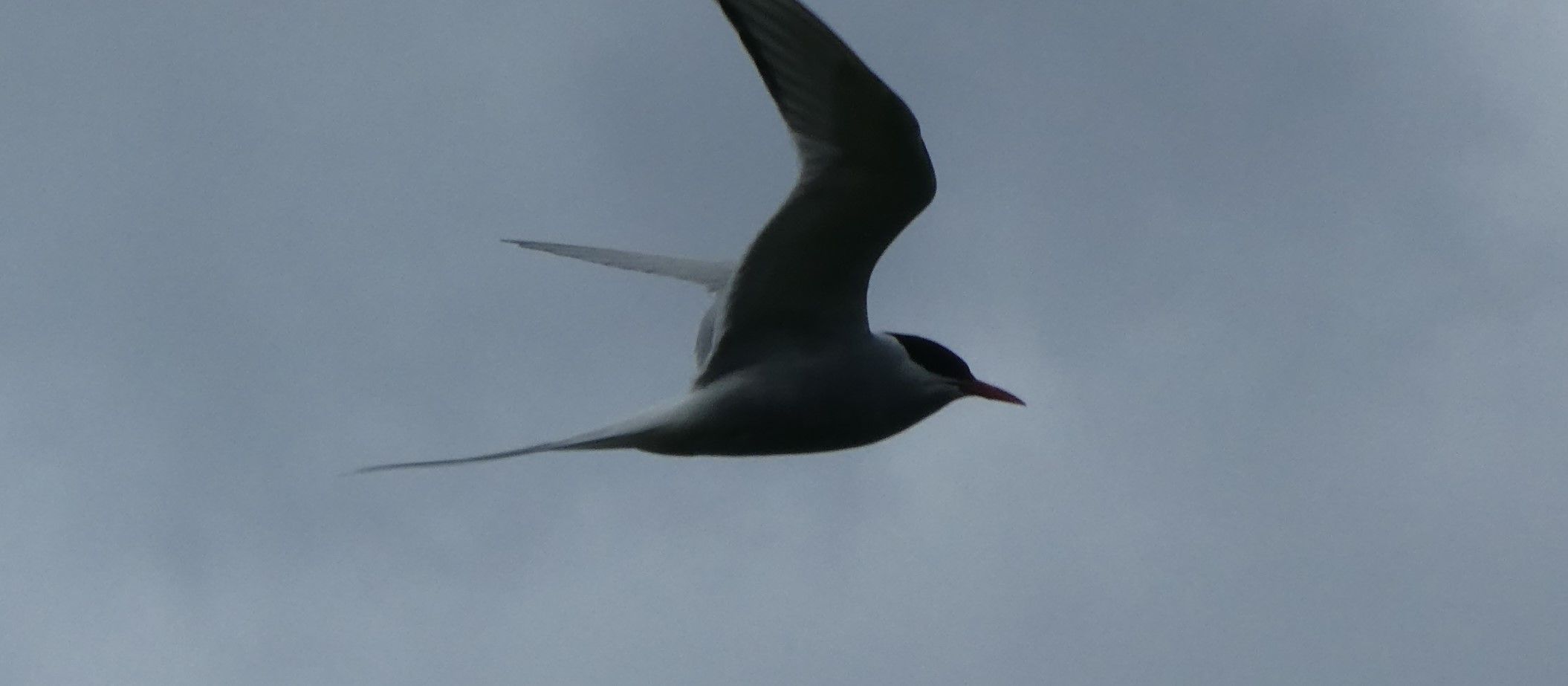
They always attack the highest point of a person, which is why we saw some visitors holding lupines over their heads to protect themselves.
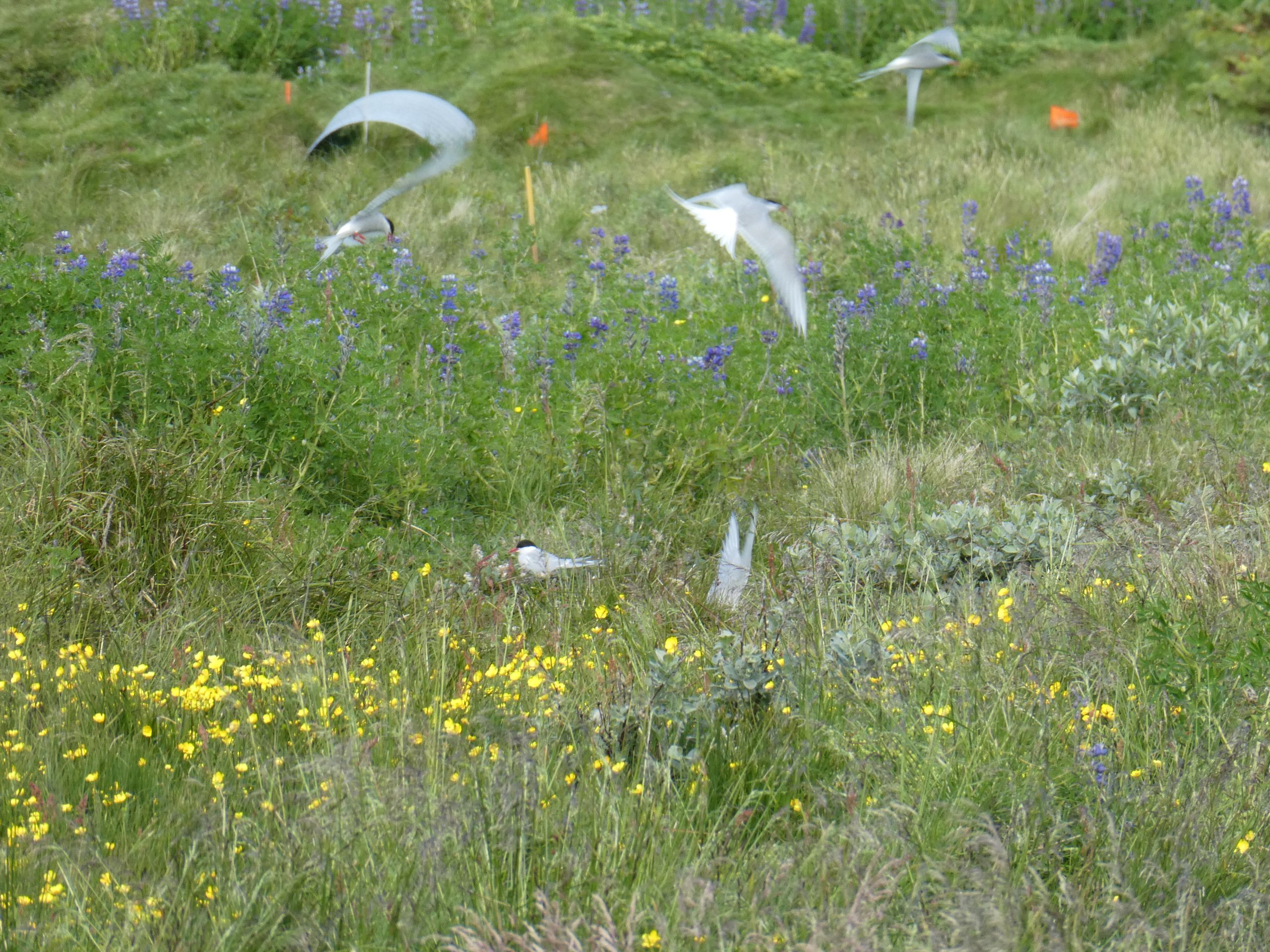
Alternatively, you can also make sure to walk next to someone who is taller than you.
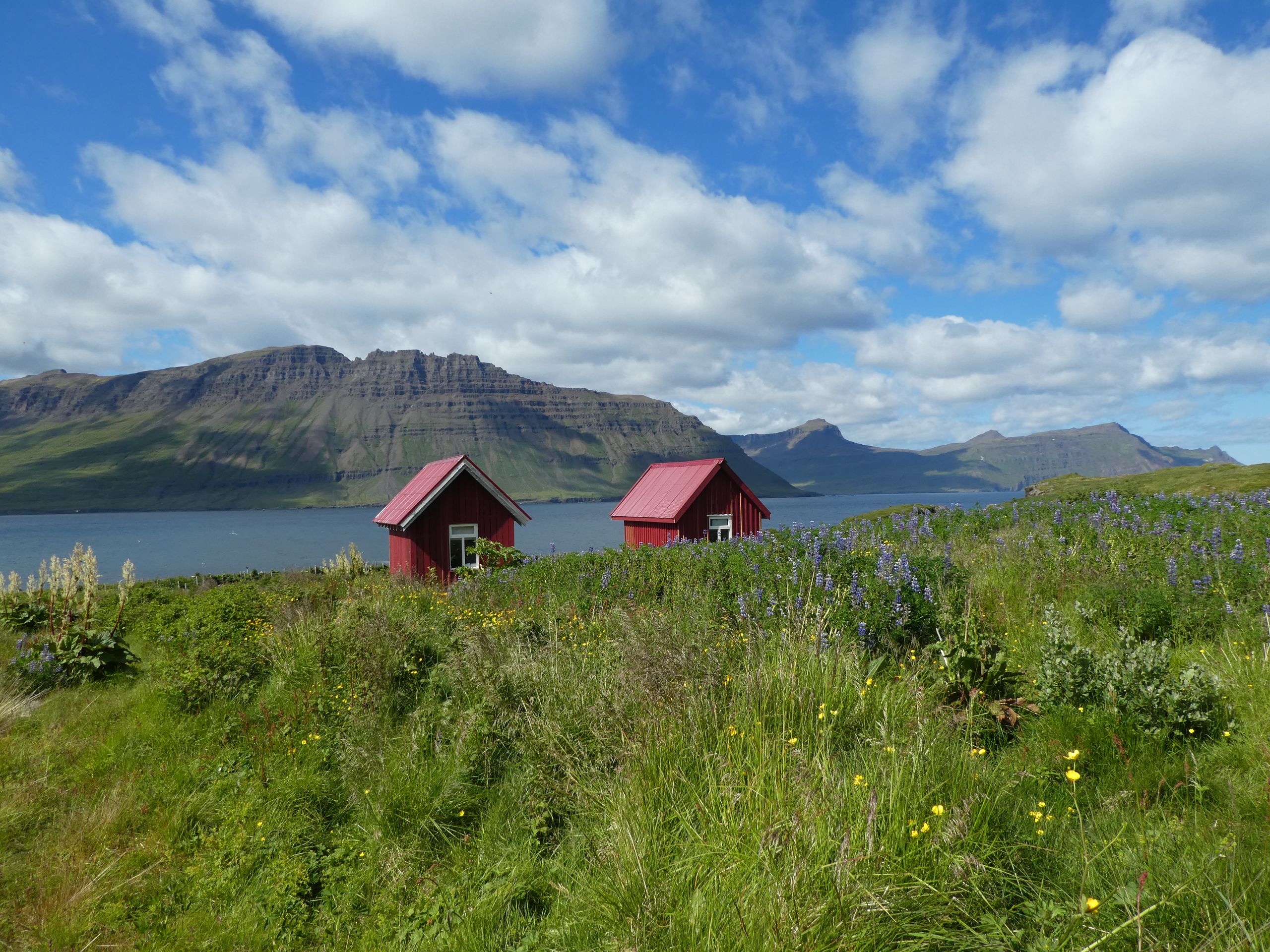
Our path led through a picturesque landscape with the fjord on one side and mountains on the other.
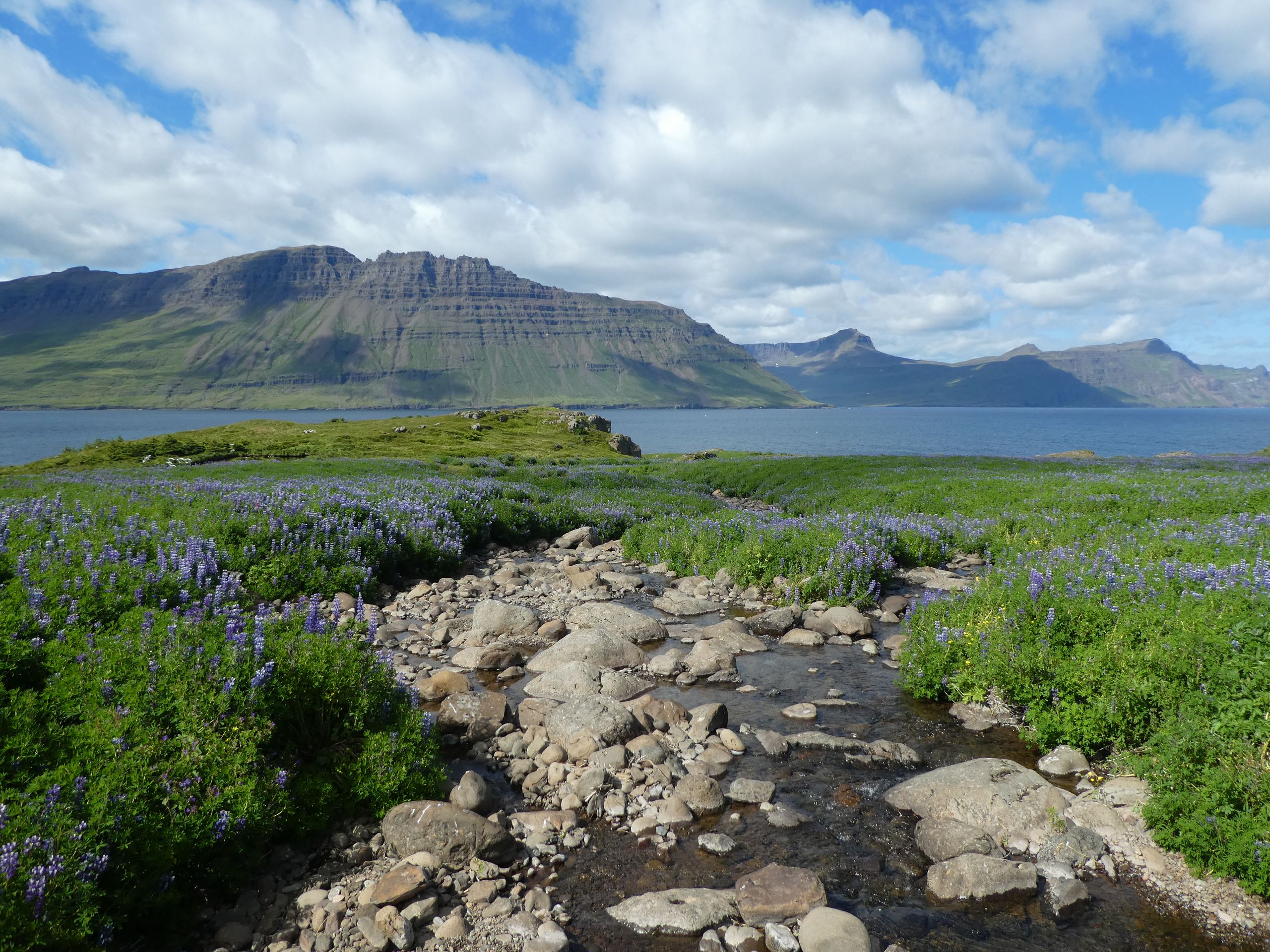
The lupines were especially beautiful to look at, as they grow everywhere here. They were introduced to Iceland in the 1970s to prevent erosion, which causes a loss of landmass every year.
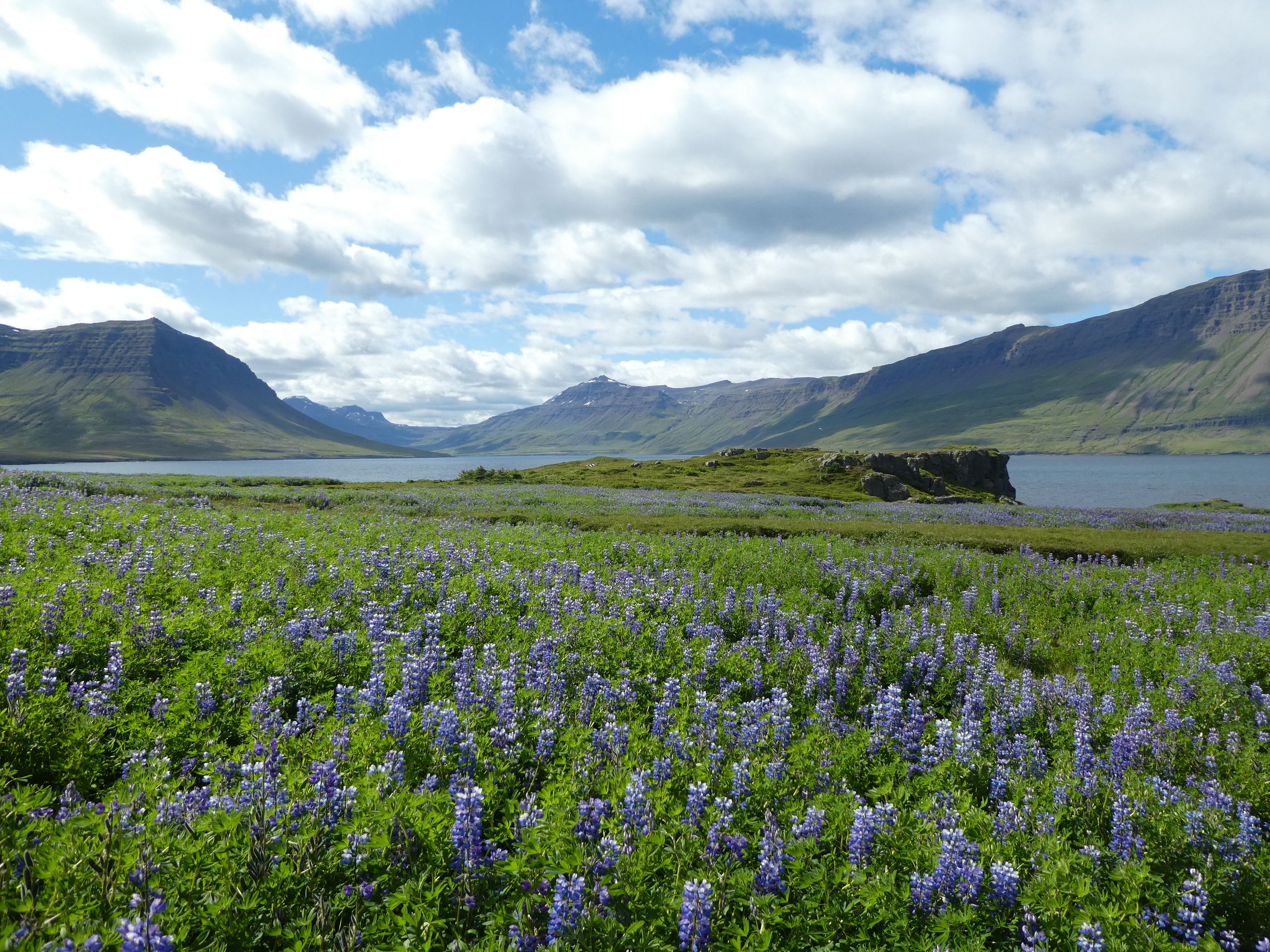
The lupines originate from Alaska and also grow on very nutrient-poor soil.
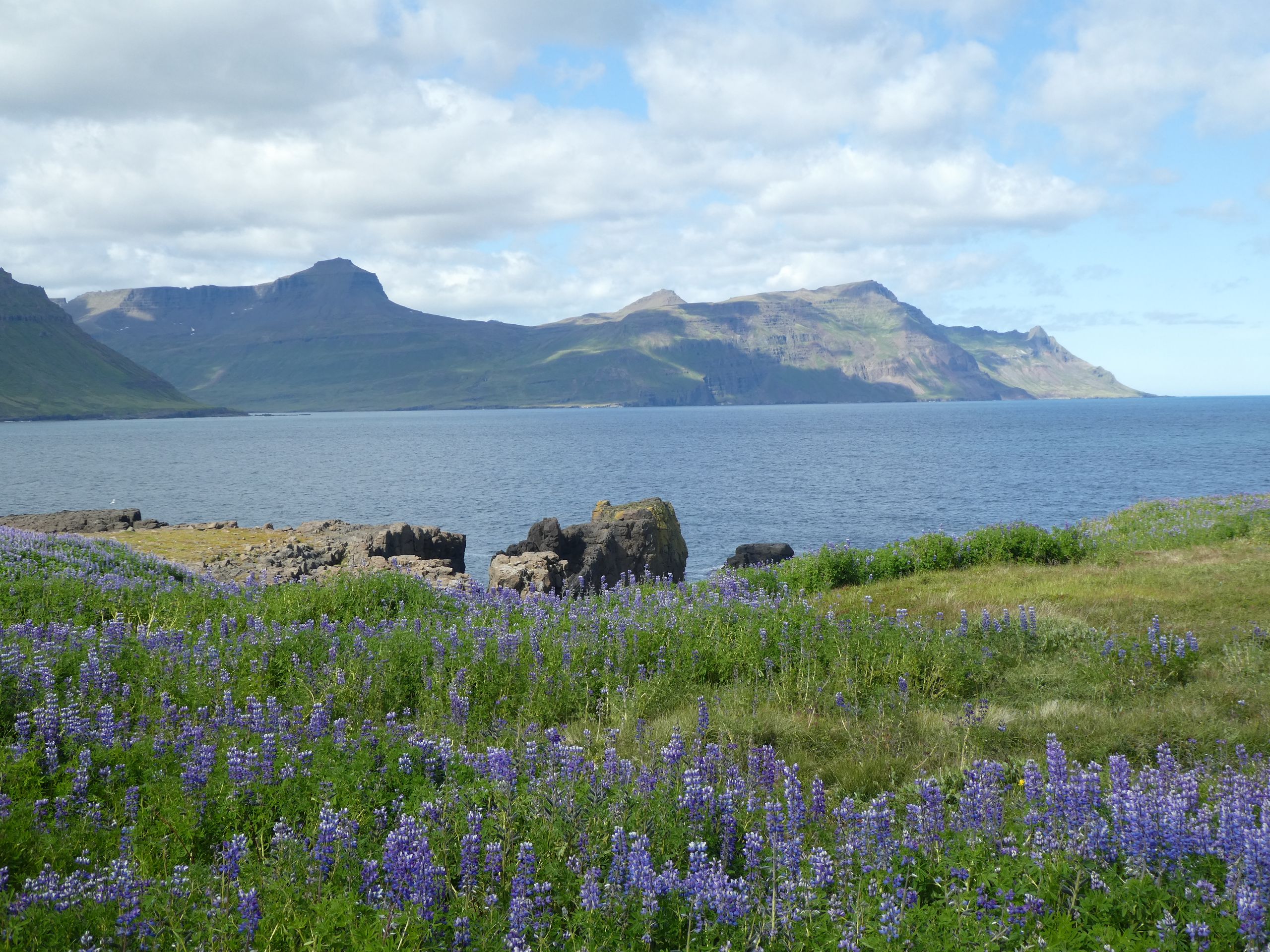
They feel very comfortable in Iceland, maybe even a bit too much: They have spread everywhere and are displacing native species.
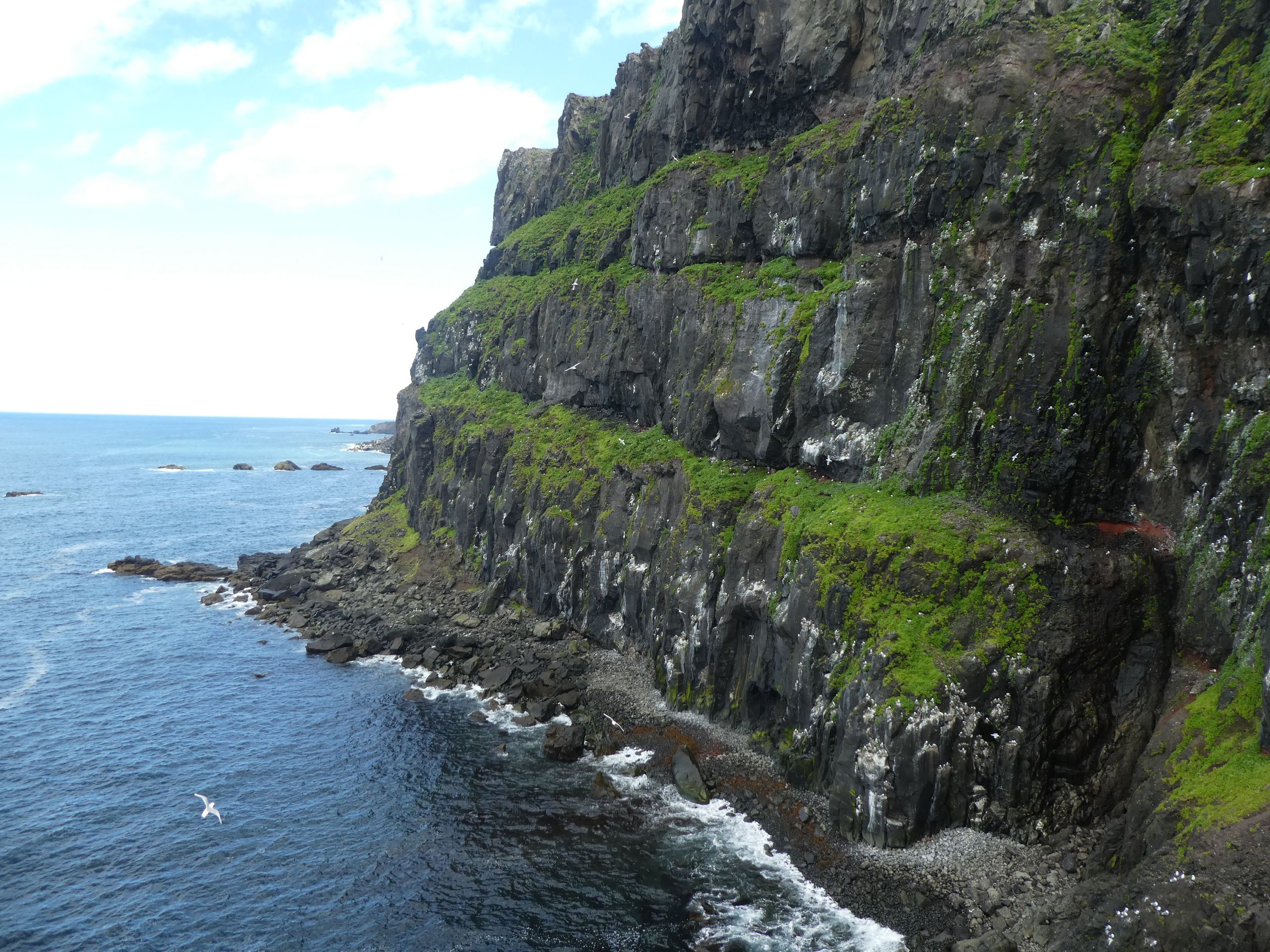
At the end of the trail, we reached a cliff that many birds use as a breeding ground.
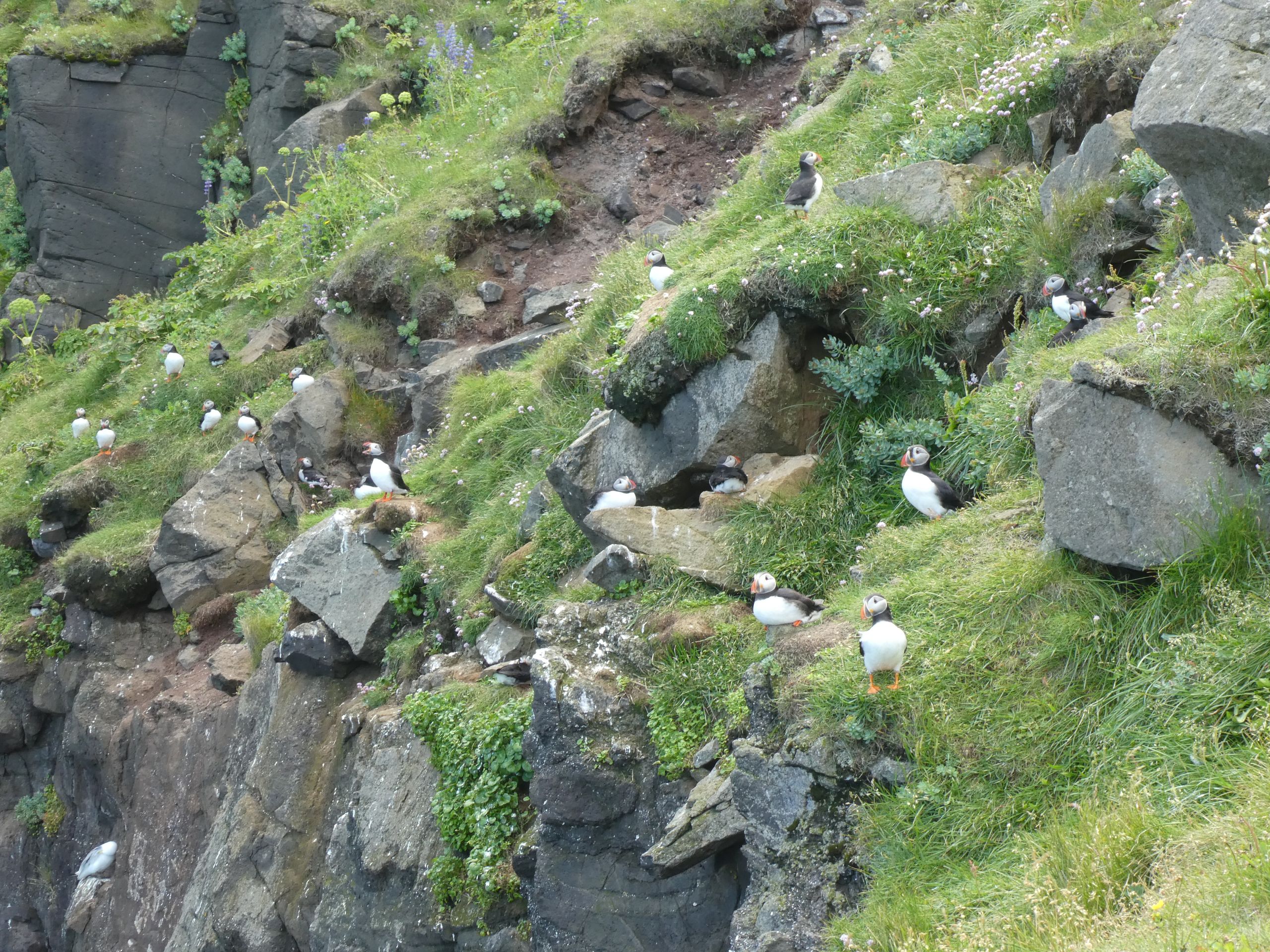
We were particularly thrilled by the puffins sitting right next to the viewing platform at the edge of the cliff.
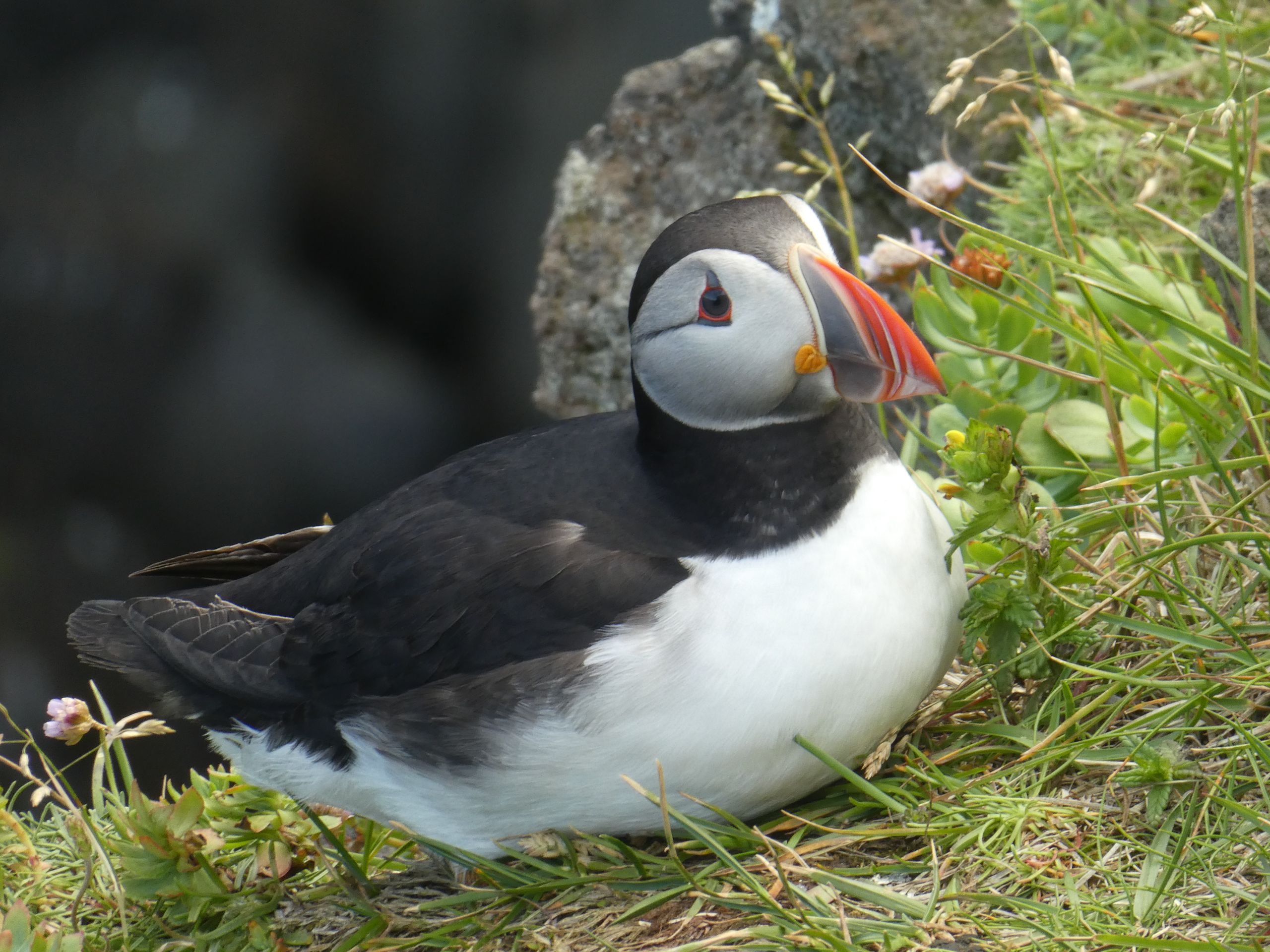
After we returned to the ship, we soon set sail again.
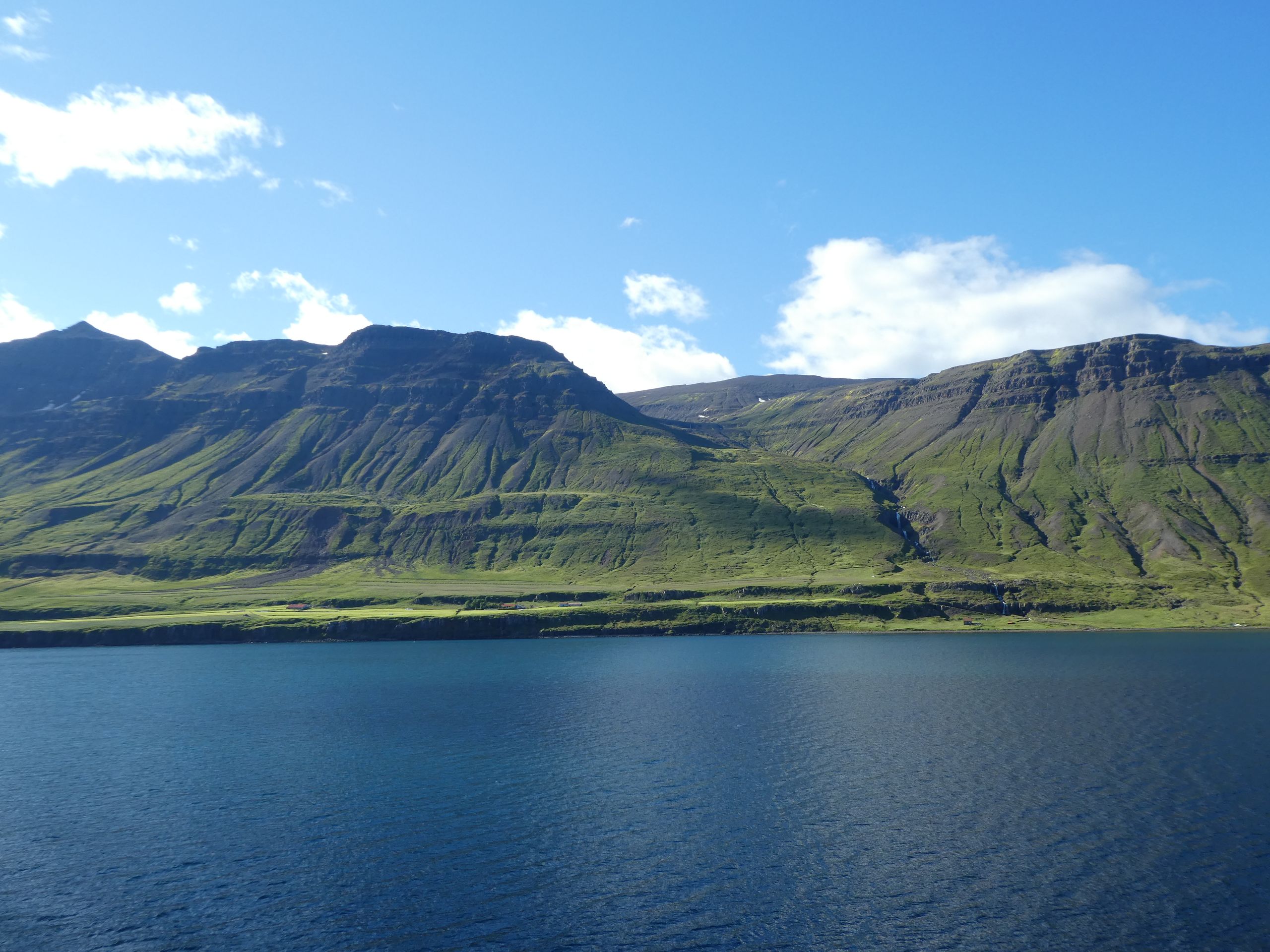
On deck, we enjoyed the sun and the beautiful view in the fjord.

Sabskrip to Nyusleta
Ansa
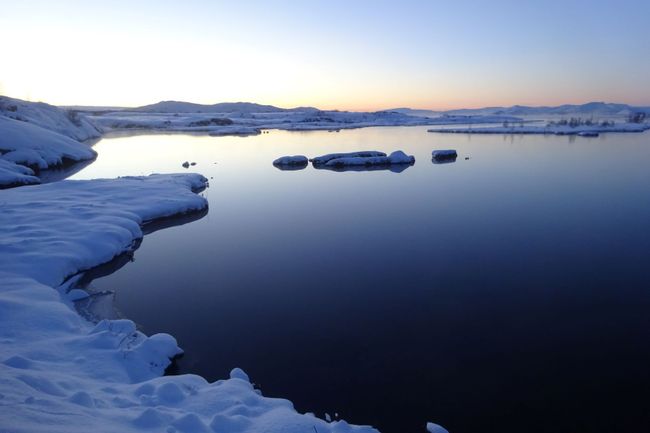
Travul ripɔt Ayland we dɛn kɔl
